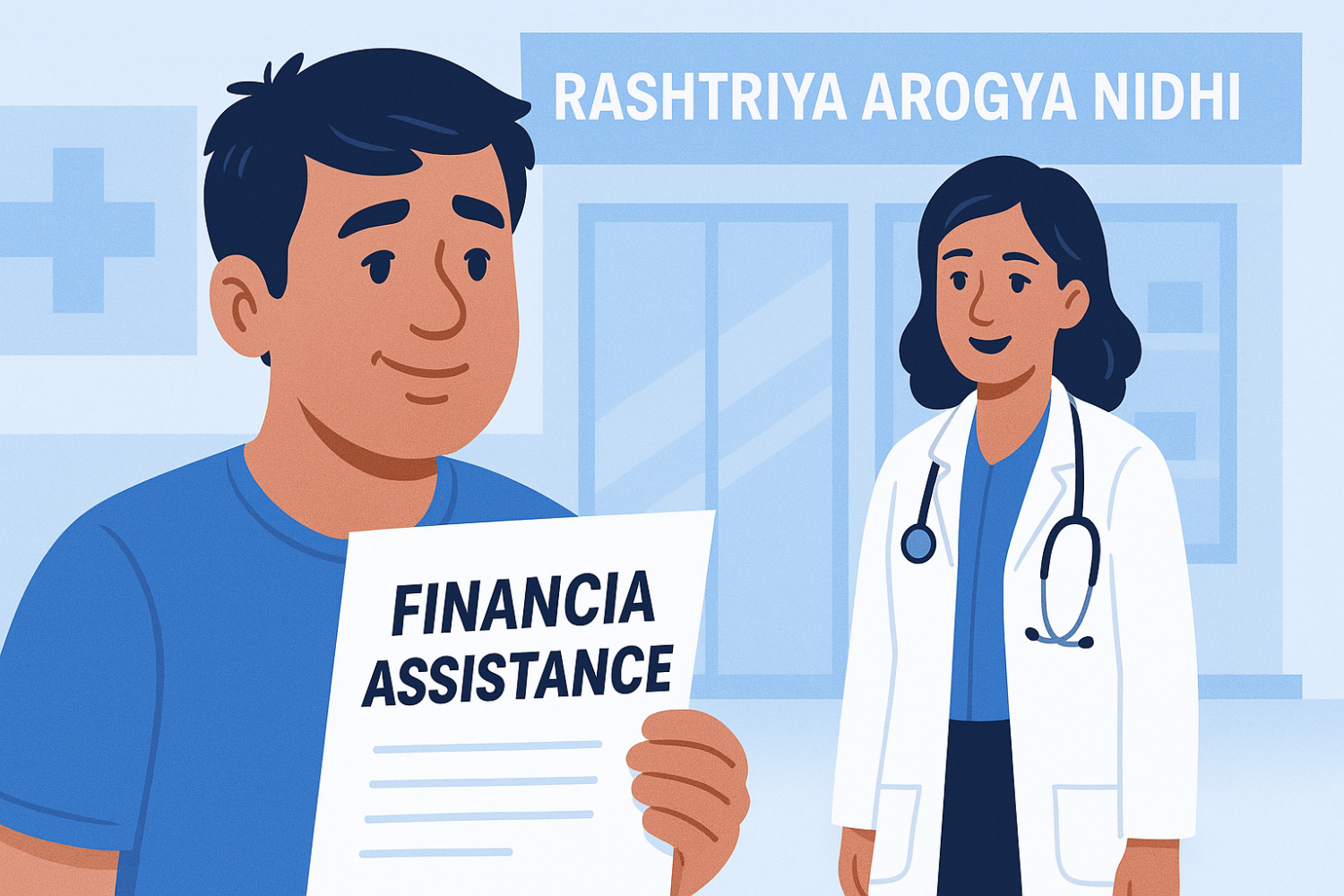
This content was recently updated by Sudhir Singh on April 11, 2025 to improve accuracy.
Need help paying for critical medical treatment? Learn how to get Rashtriya Arogya Nidhi aid in 2025 with this step-by-step guide for financially struggling patients.
What is Rashtriya Arogya Nidhi and Who Can Benefit From It
Healthcare expenses can be devastating, especially for families living below the poverty line. To bridge the affordability gap, the Government of India launched the Rashtriya Arogya Nidhi (RAN) in 1997. It provides financial assistance to patients from Below Poverty Line (BPL) families who need treatment for life-threatening diseases.
This support scheme, managed by the Ministry of Health & Family Welfare, covers treatment costs at government hospitals and institutes.
Key Features:
- Covers major diseases like cancer, heart surgery, kidney failure, and more.
- Offers financial aid for indoor medical treatment only (hospitalization).
- Assistance is available at central and state government hospitals.
- Amounts sanctioned vary, depending on the illness and treatment required.
Whether it’s chemotherapy, dialysis, or surgery, Rashtriya Arogya Nidhi aid has helped lakhs of families avoid crushing medical debt and receive life-saving care.
Eligibility Criteria for Rashtriya Arogya Nidhi Aid in 2025
Not everyone qualifies for this aid. The scheme is specifically tailored for vulnerable groups who meet certain financial and medical criteria.
Who Can Apply:
- Indian citizens from Below Poverty Line (BPL) families.
- Patients diagnosed with life-threatening diseases requiring hospitalization.
- Individuals seeking treatment only in government hospitals or institutions approved under the scheme.
Financial Criteria:
- Must possess a valid BPL certificate or income proof verified by the local administration.
- The scheme generally covers families with an annual income of less than ₹1.25 lakhs, but state-specific limits may apply.
Medical Criteria:
- The disease must be recognized under the scheme’s coverage.
- Treatment must be deemed necessary and certified by a government medical officer or specialist.
Note: Ayushman Bharat and Rashtriya Arogya Nidhi do not overlap. You can apply for either, depending on your eligibility and treatment needs.
Step-by-Step Process to Apply for Rashtriya Arogya Nidhi Aid
Navigating the healthcare system can be overwhelming, but here’s a simplified guide to help you apply for Rashtriya Arogya Nidhi aid:
Step 1: Visit a Government Hospital
Start by getting a diagnosis from a recognized government hospital. The medical officer will certify your condition and recommend treatment.
Step 2: Get a Cost Estimate
Request the Medical Superintendent or Head of Department to issue a cost estimate on the hospital’s letterhead, detailing:
- Nature of the disease
- Treatment needed
- Approximate cost
Step 3: Prepare a Detailed Application
Your application should include:
- A cover letter addressed to the Medical Superintendent or State Health Secretary
- A brief about the patient’s background and need for aid
- The certified treatment estimate
Step 4: Submit to the Hospital’s RAN Cell or Nodal Officer
Every major government hospital has a Rashtriya Arogya Nidhi cell or Social Welfare Department that processes applications. Submit all documents here.
Step 5: Verification and Forwarding
The hospital forwards your application to the Ministry of Health and Family Welfare (Central or State level) after internal verification and approval.
Step 6: Approval and Disbursal
If approved, the sanctioned amount is directly transferred to the hospital’s account, not to the patient, ensuring transparent utilization.
Documents Required for Rashtriya Arogya Nidhi Aid Application
Accuracy and completeness of documentation can speed up the process and reduce the chances of rejection.
List of Required Documents:
Identity & Income Proof:
- Aadhaar Card (of patient and guardian, if applicable)
- BPL Card or Ration Card
- Income certificate issued by Tehsildar or Revenue Department
Medical Records:
- Diagnosis report
- Treatment recommendation
- Cost estimate from hospital
Hospital Documents:
- Referral letter from Medical Officer
- Proof of hospital admission or registration (if applicable)
Bank Details (Hospital only):
- Bank account info of the government hospital for fund transfer
Photographs:
- Two recent passport-sized photos of the patient
Always carry originals for verification and submit attested photocopies.
How the Aid is Disbursed and What Happens After Approval
Once your application is verified and approved by the Ministry or relevant State Authority, the process of fund release begins.
How Aid is Sanctioned:
- Central Government aid is processed through the Ministry of Health and Family Welfare, New Delhi.
- In the case of the State Illness Assistance Fund, respective state health departments handle the approval.
Amounts Covered:
- Financial assistance usually ranges from ₹50,000 to ₹1.5 lakhs, depending on treatment.
- In certain cases like cancer or heart transplants, aid may go up to ₹2.5 lakhs or more, subject to documentation and approval.
Disbursal Timeline:
- Ideally processed within 2 to 6 weeks post-submission.
- The sanctioned amount is transferred directly to the hospital, ensuring the funds are used strictly for patient treatment.
Post-Aid Procedure:
- Treatment begins or continues as per schedule.
- Hospital authorities are required to submit utilization certificates back to the government.
- Patients or their families are not required to handle the money at any point.
Conclusion
Medical emergencies can break even the strongest of families financially—but Rashtriya Arogya Nidhi aid is designed to ensure that treatment doesn’t stop due to lack of money. This life-saving scheme opens doors for low-income and BPL patients to access advanced care in top government hospitals.
In 2025, the process is clearer, digitalised in many states, and more patient-friendly. If you or someone you know is facing a health crisis and cannot afford treatment, don’t hesitate—visit a government hospital, prepare your documents, and apply under this powerful central health aid programme.
Because everyone deserves the right to life-saving healthcare—regardless of income.
FAQs
What diseases are covered under Rashtriya Arogya Nidhi aid?
Cancer, cardiac surgery, kidney transplantation, liver disorders, and other life-threatening illnesses are covered.
Can I apply for this aid if I’m already under Ayushman Bharat?
No. You must choose one scheme. Both aim to support the poor but operate independently.
Can private hospitals offer this aid?
No. Treatment must be done only in government-run hospitals under the scheme.
How long does the approval process take?
On average, 2 to 6 weeks, depending on verification and government processing.
Is this aid given in cash to the patient?
No. The amount is directly credited to the hospital account.
Can I reapply for aid if treatment continues beyond the approved amount?
Yes, with a fresh recommendation and treatment update, repeat applications are allowed in some cases.
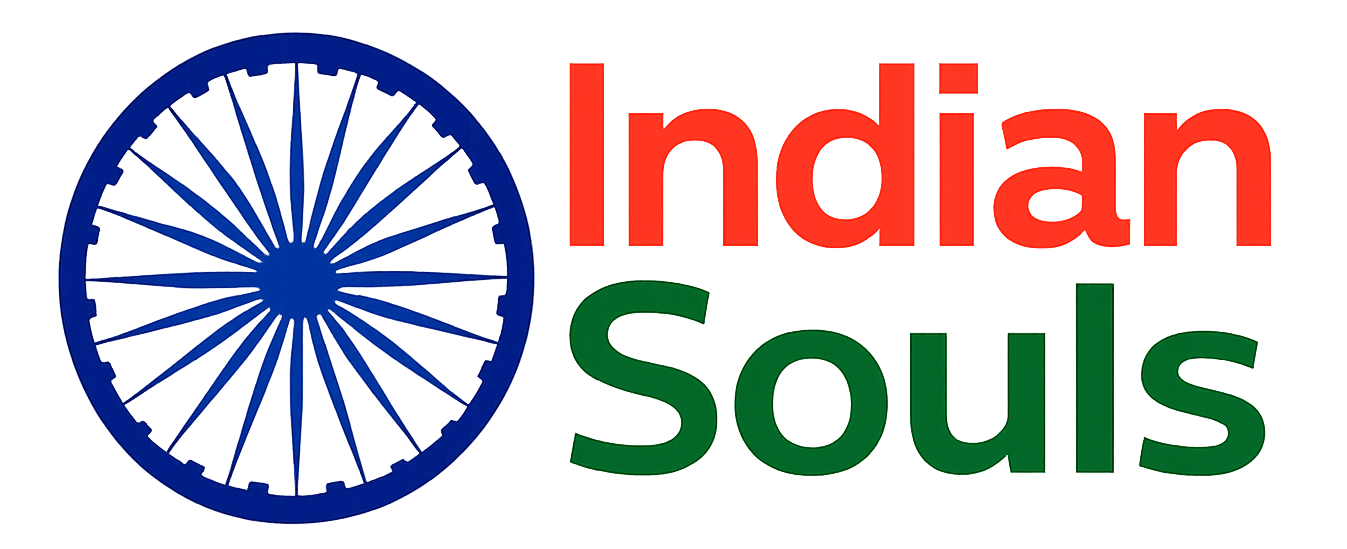

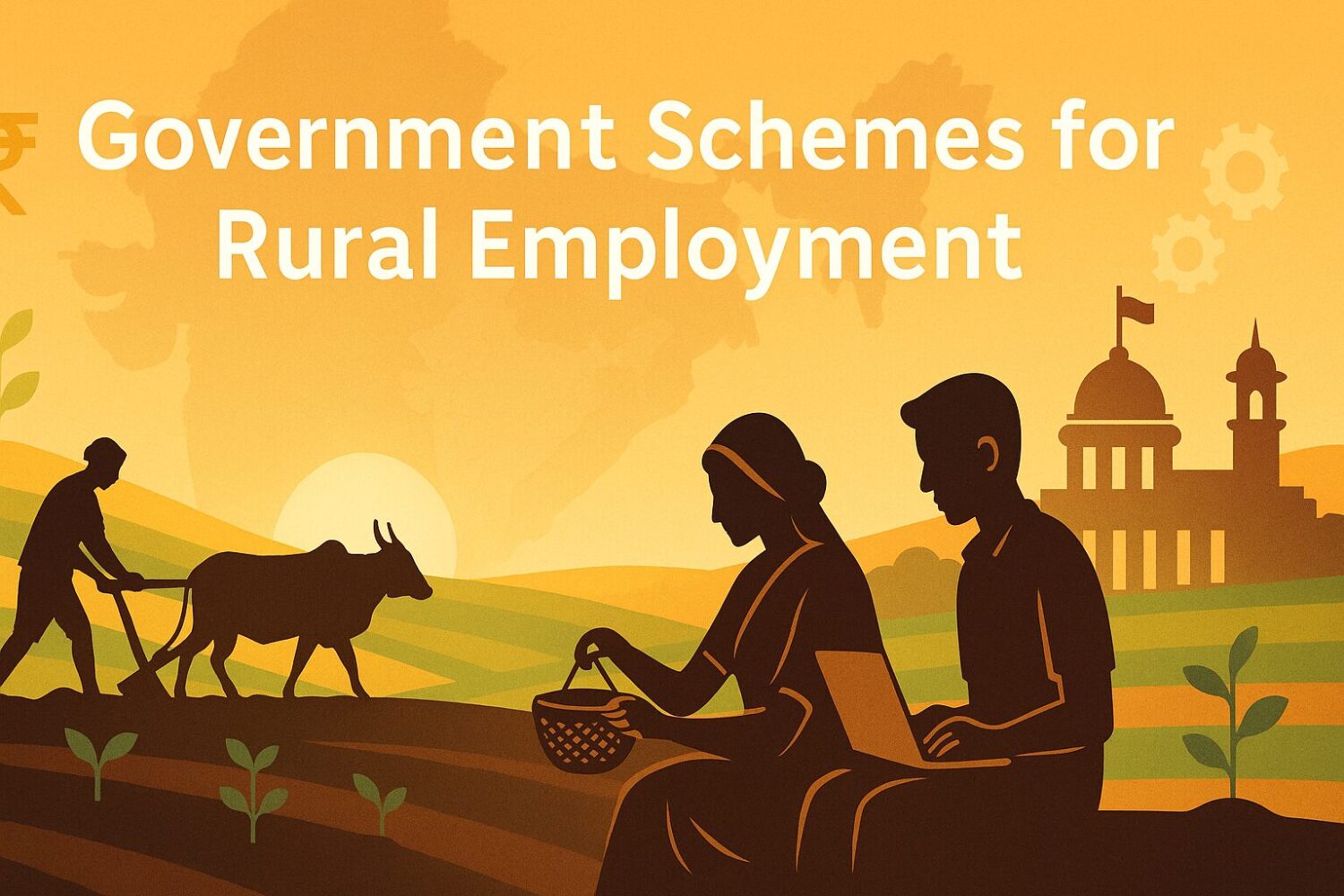

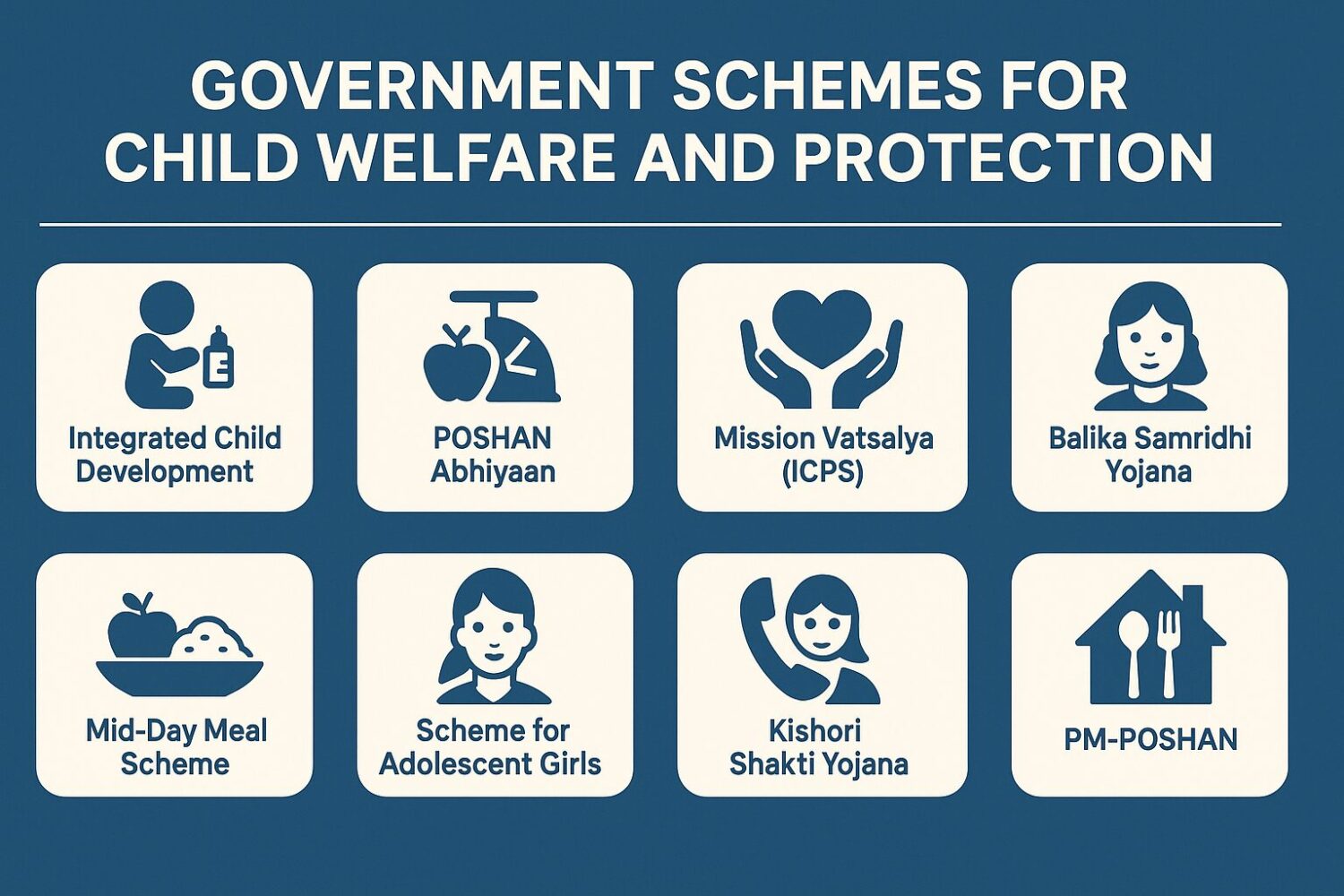
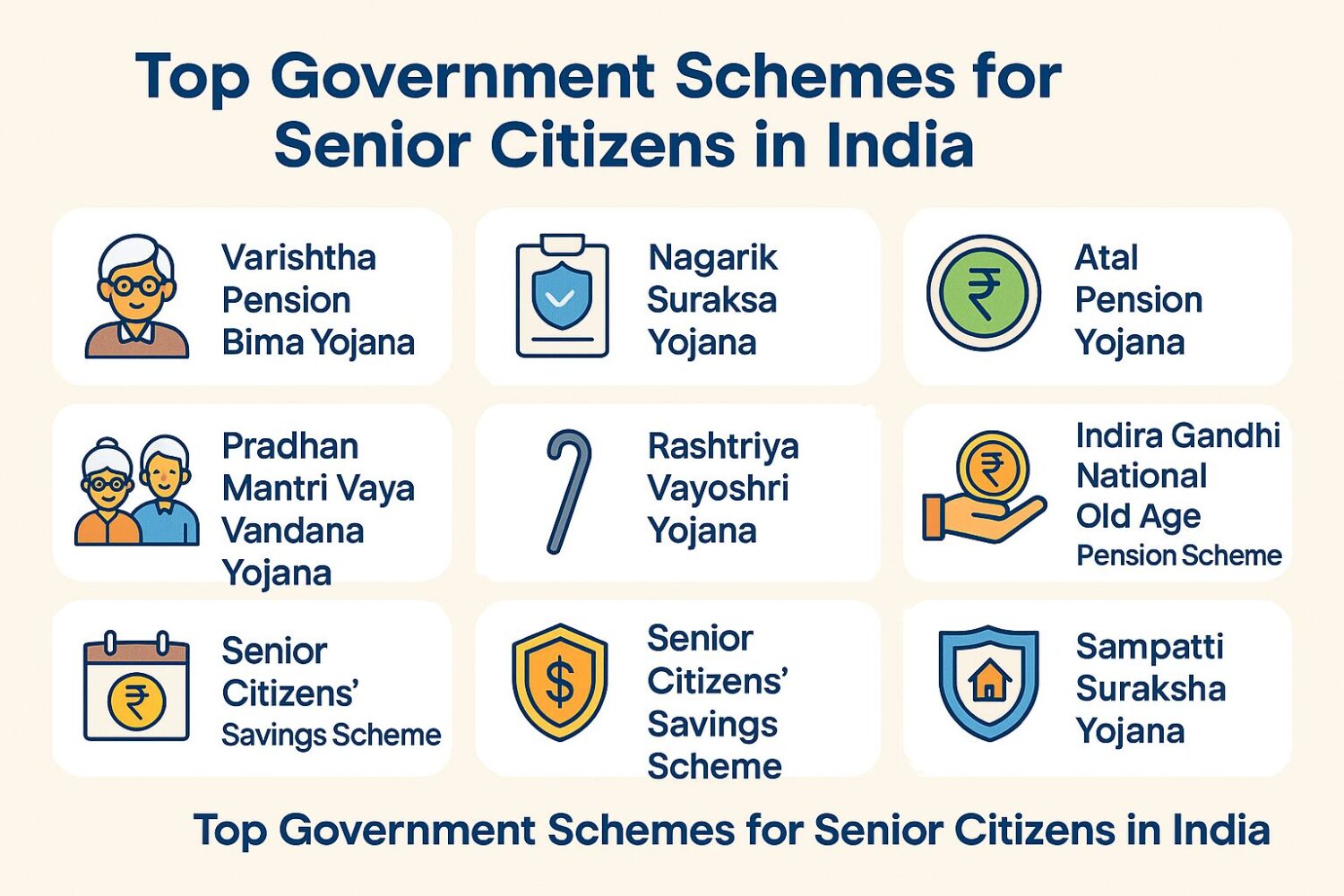

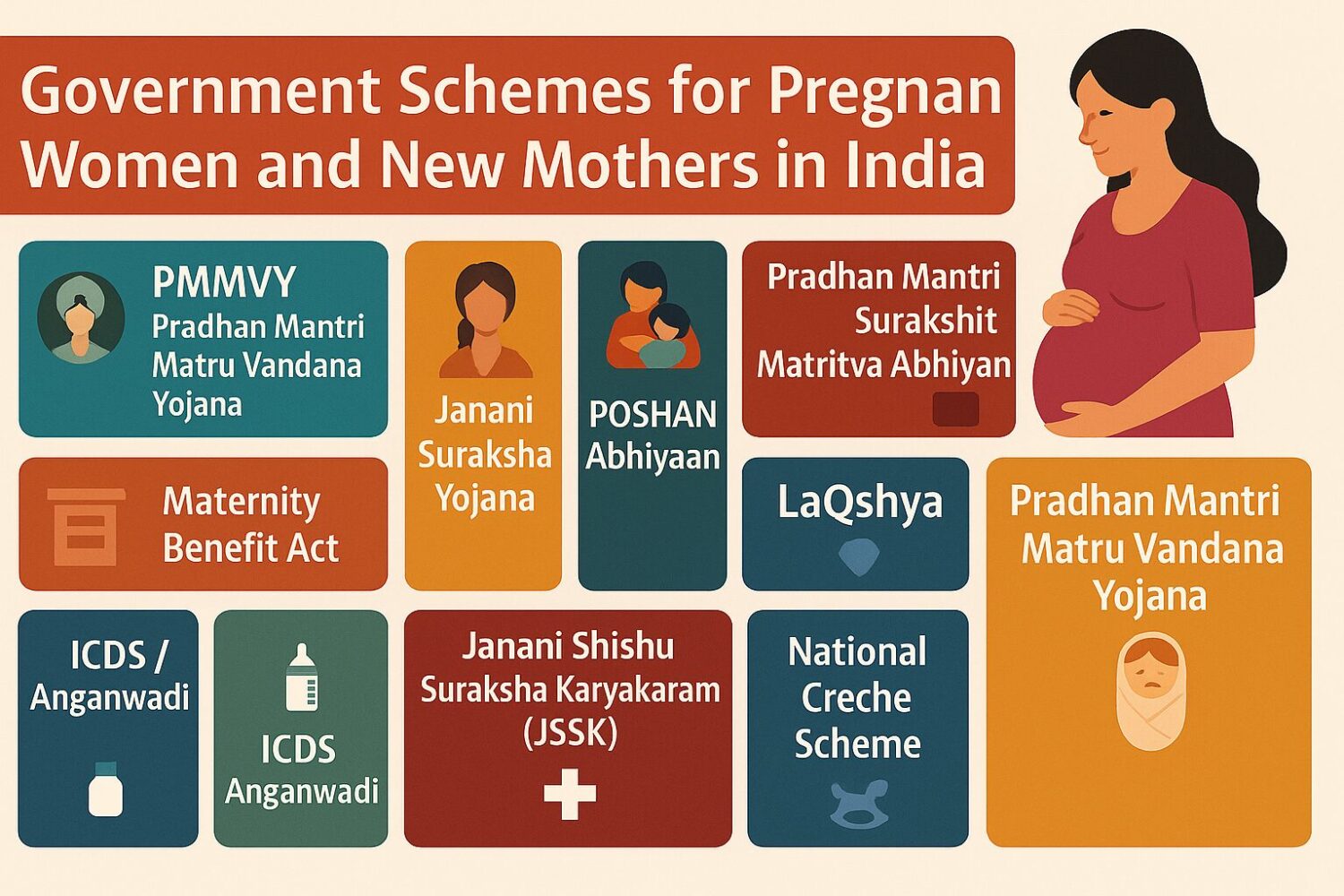
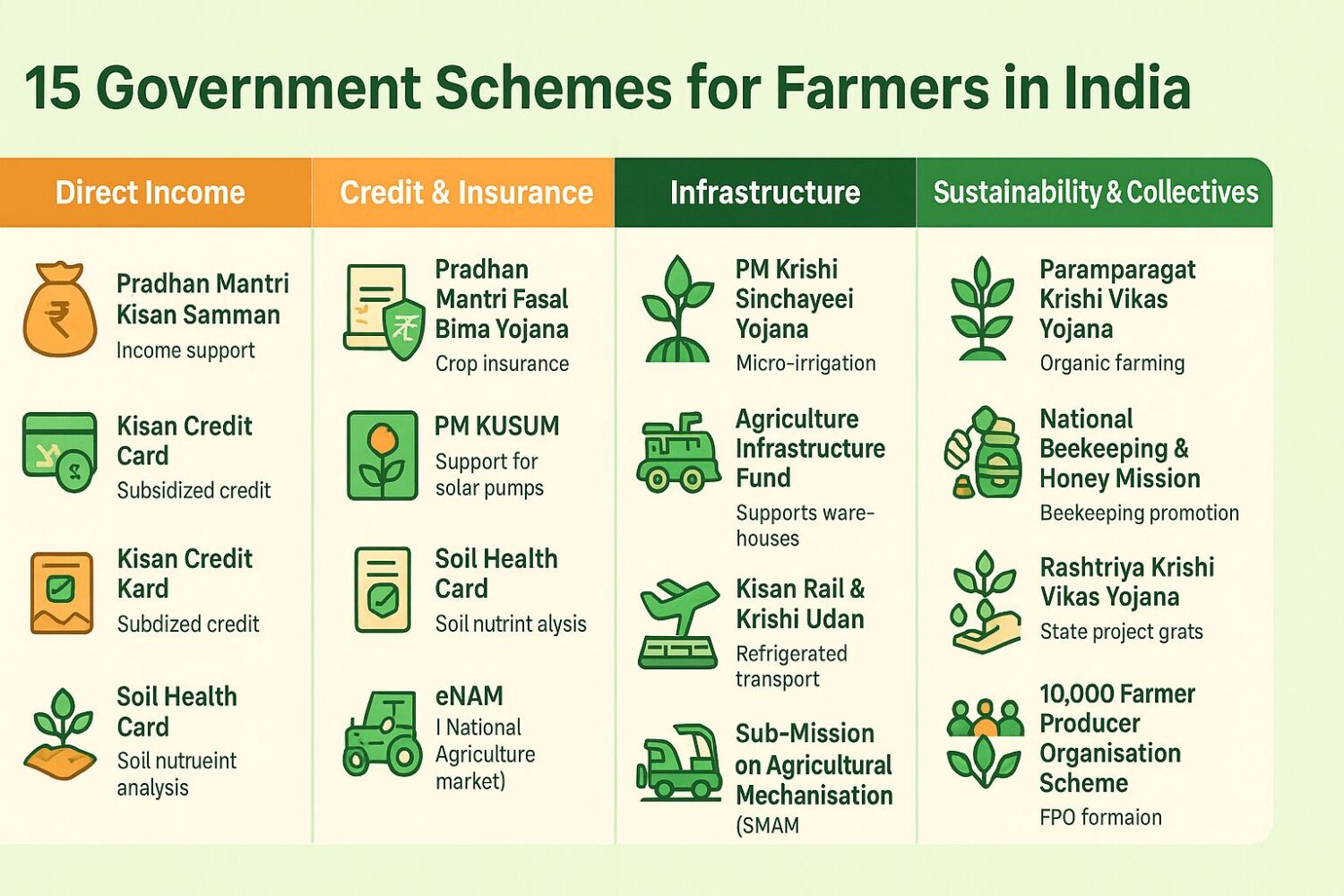


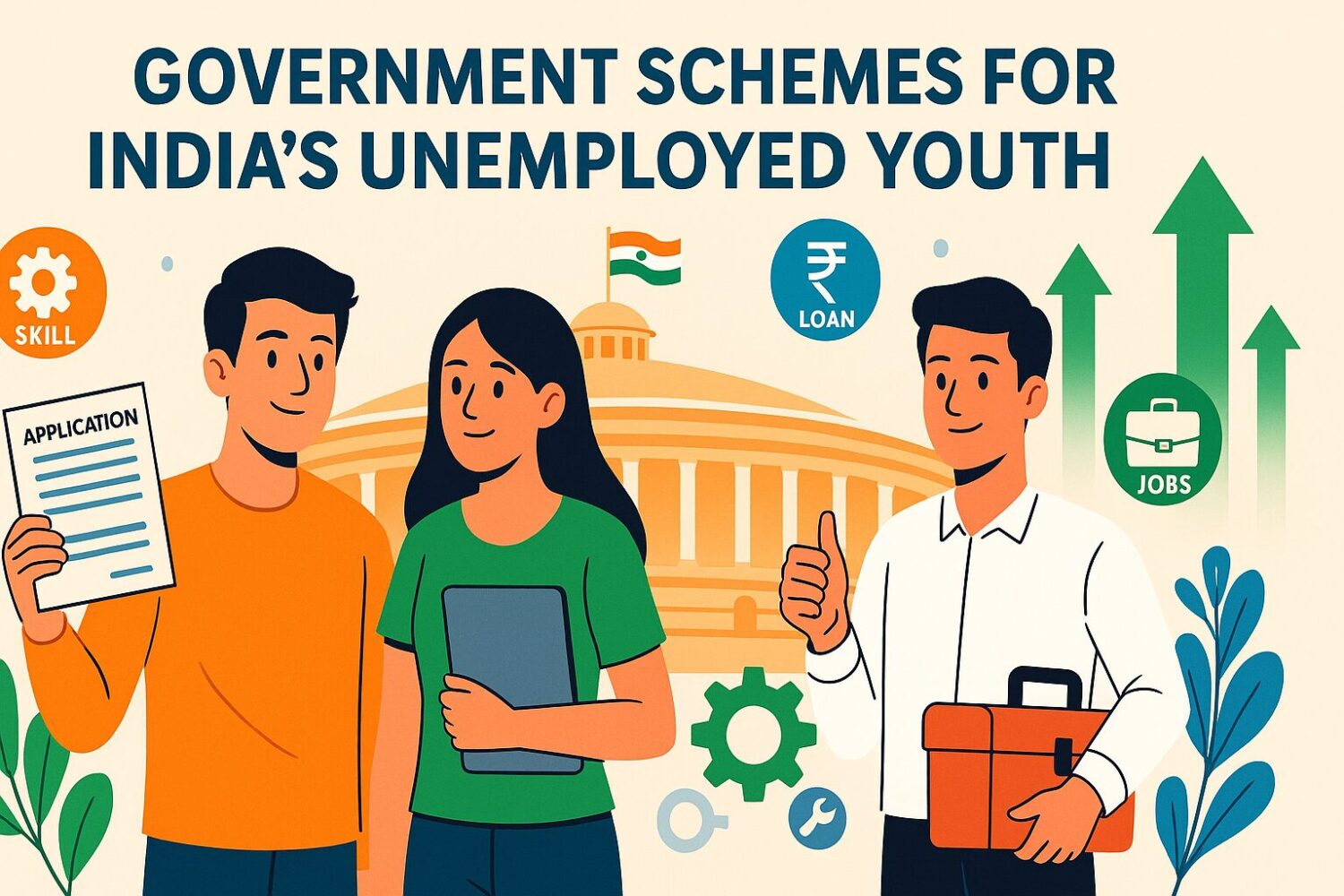
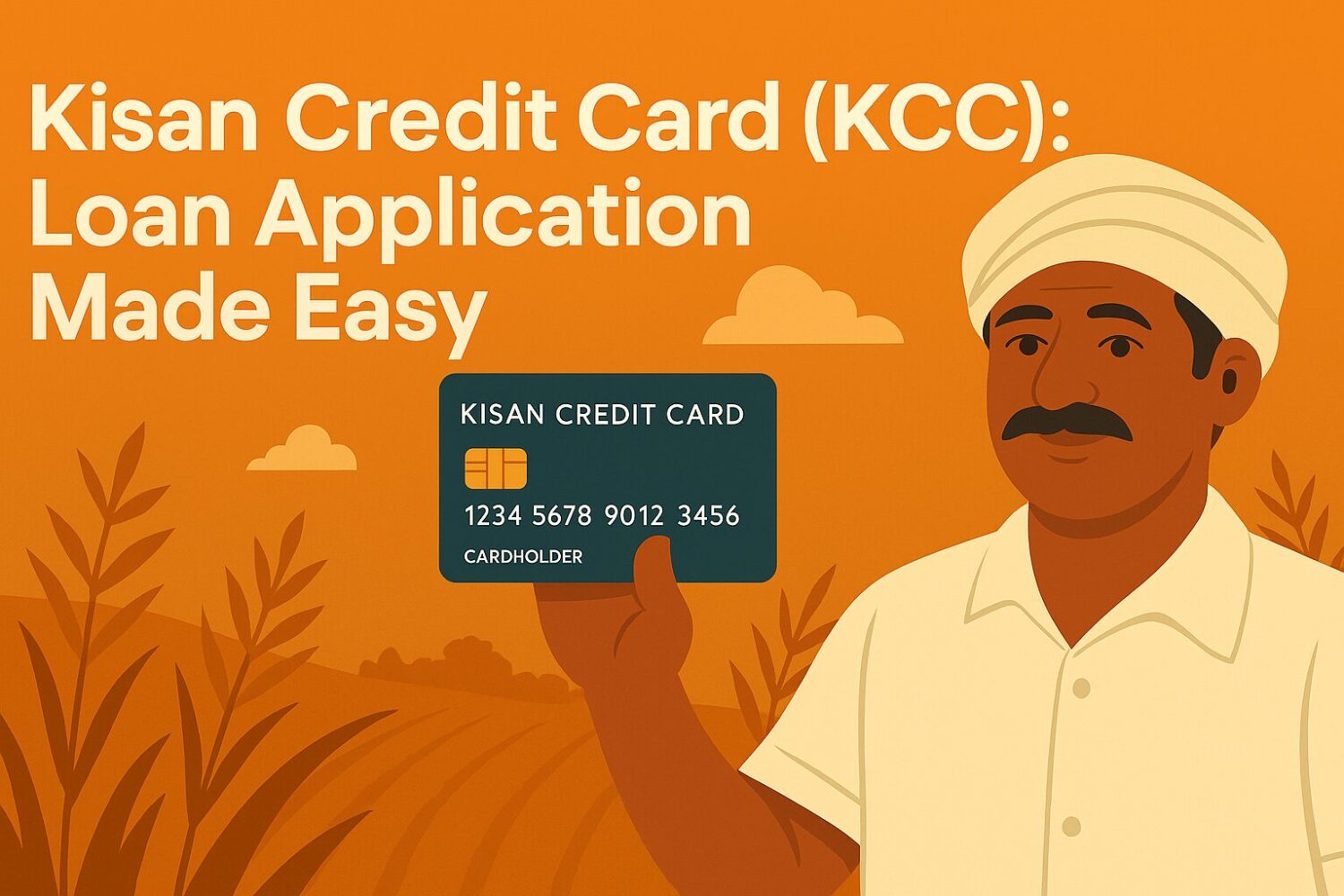
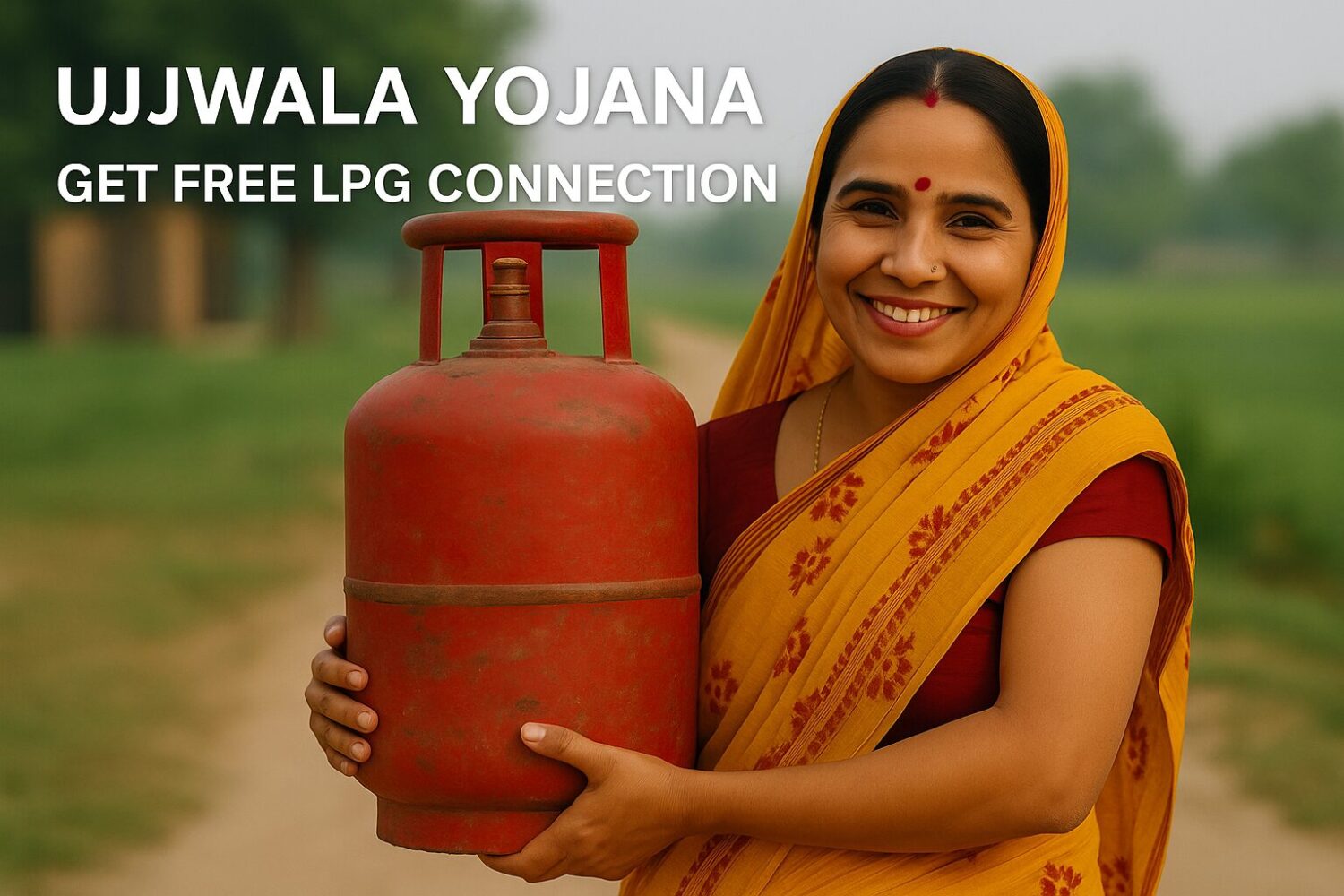
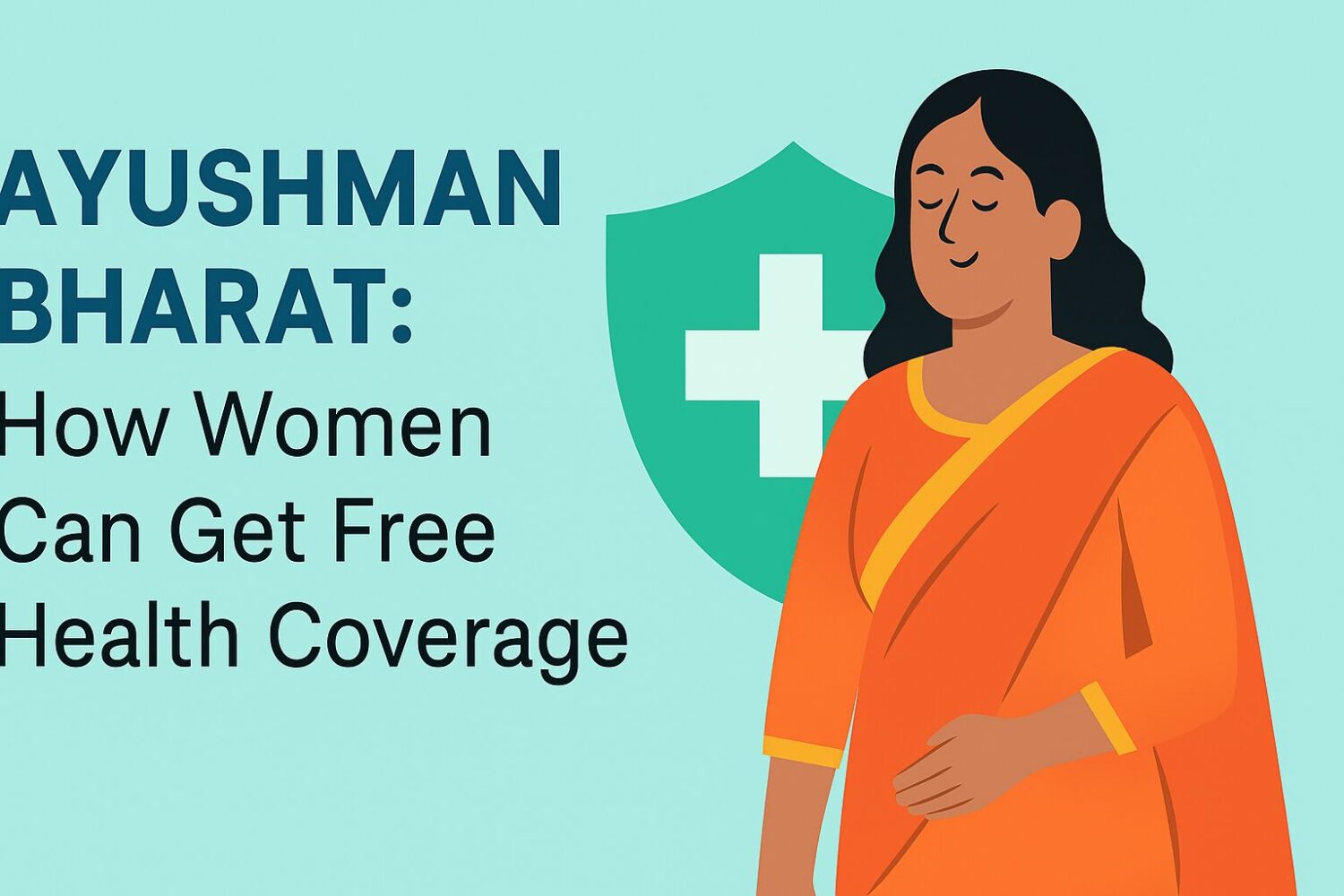
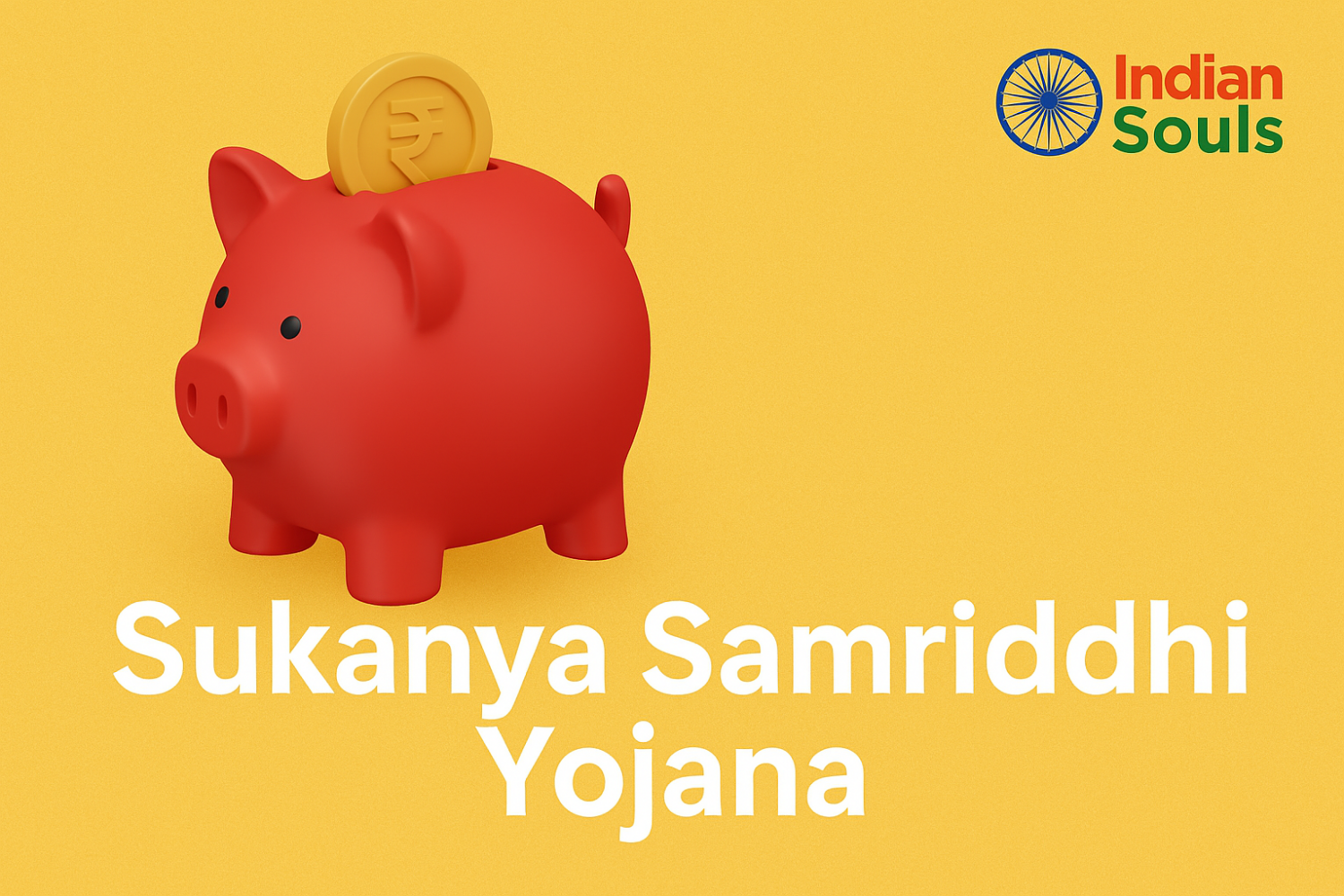
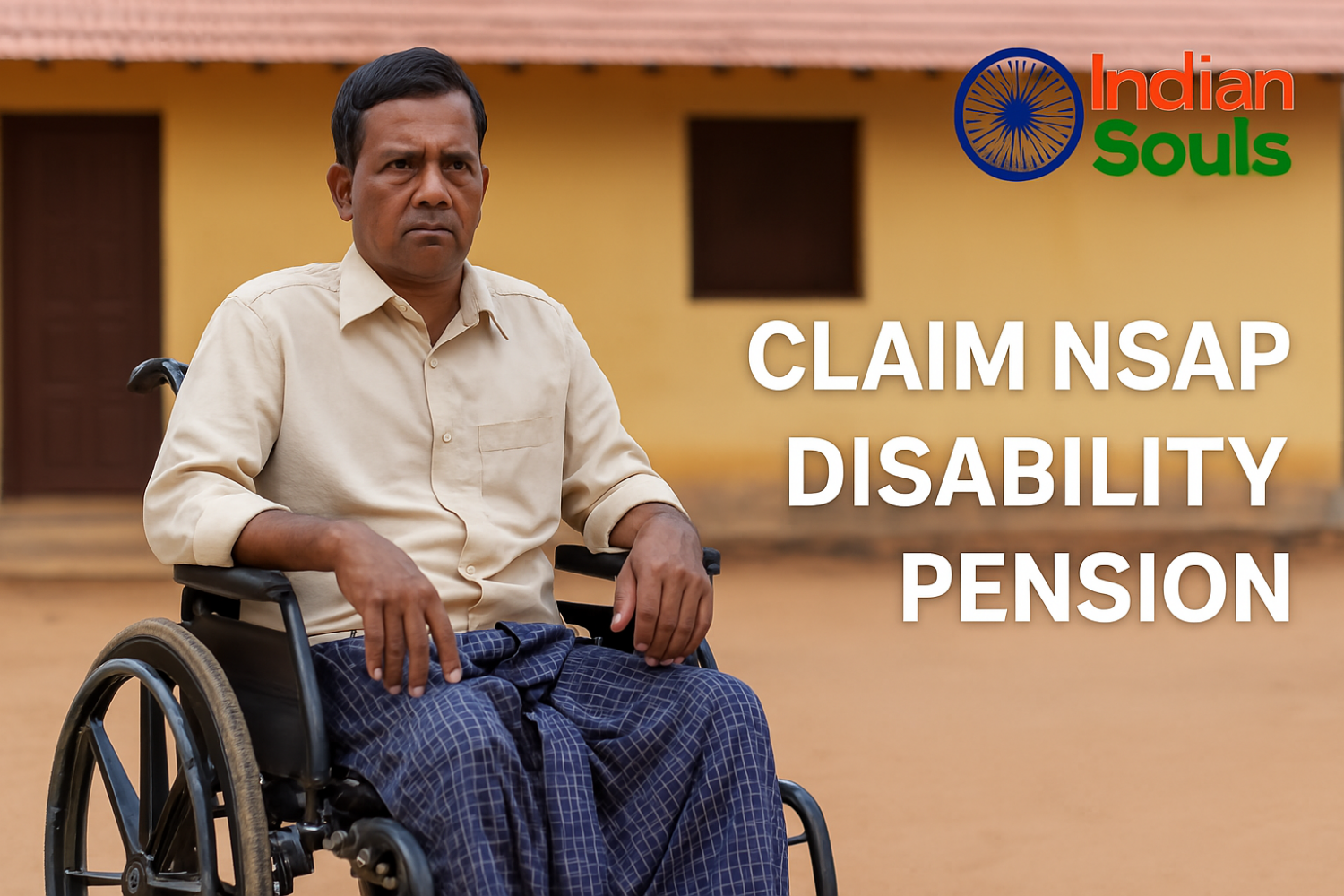
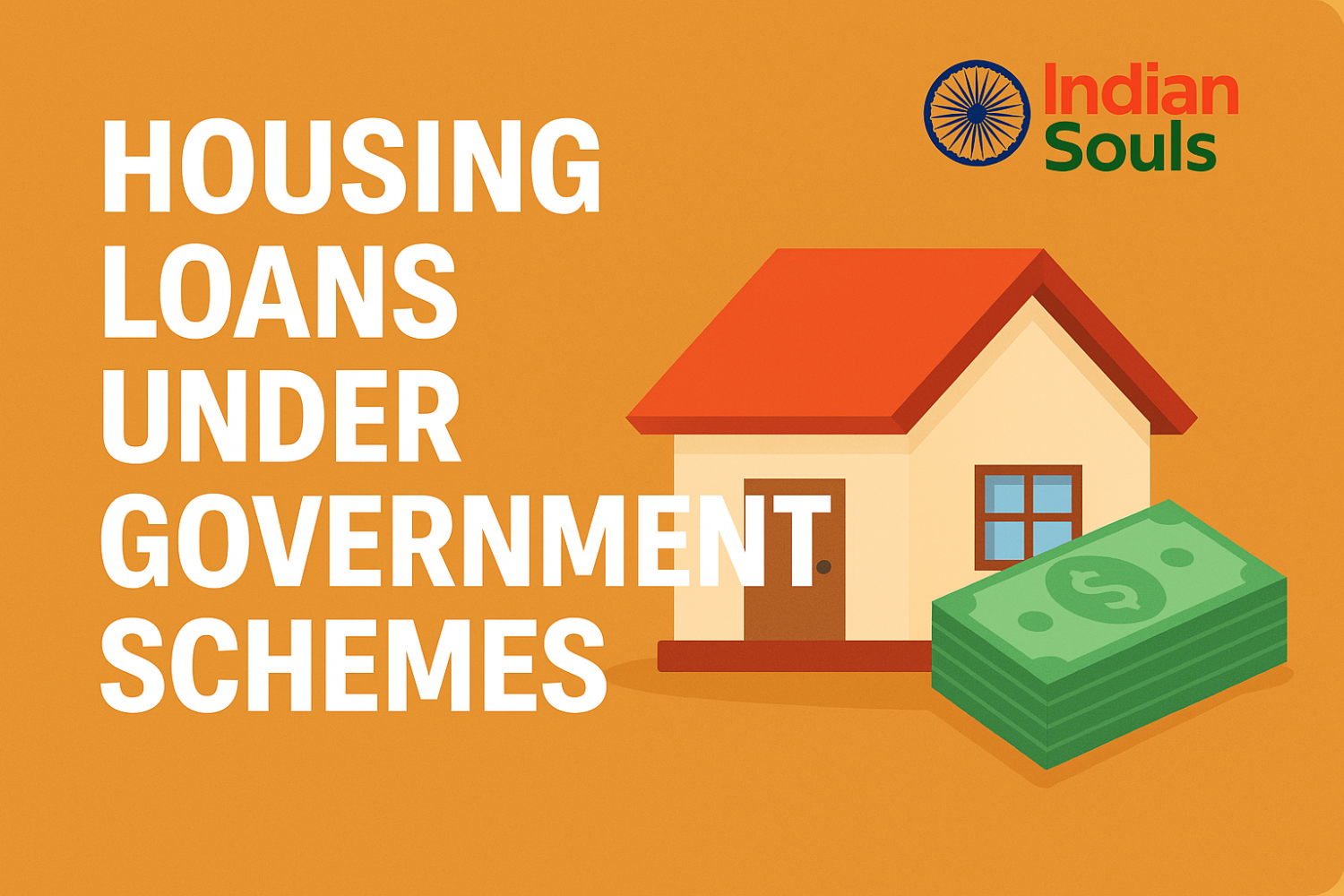
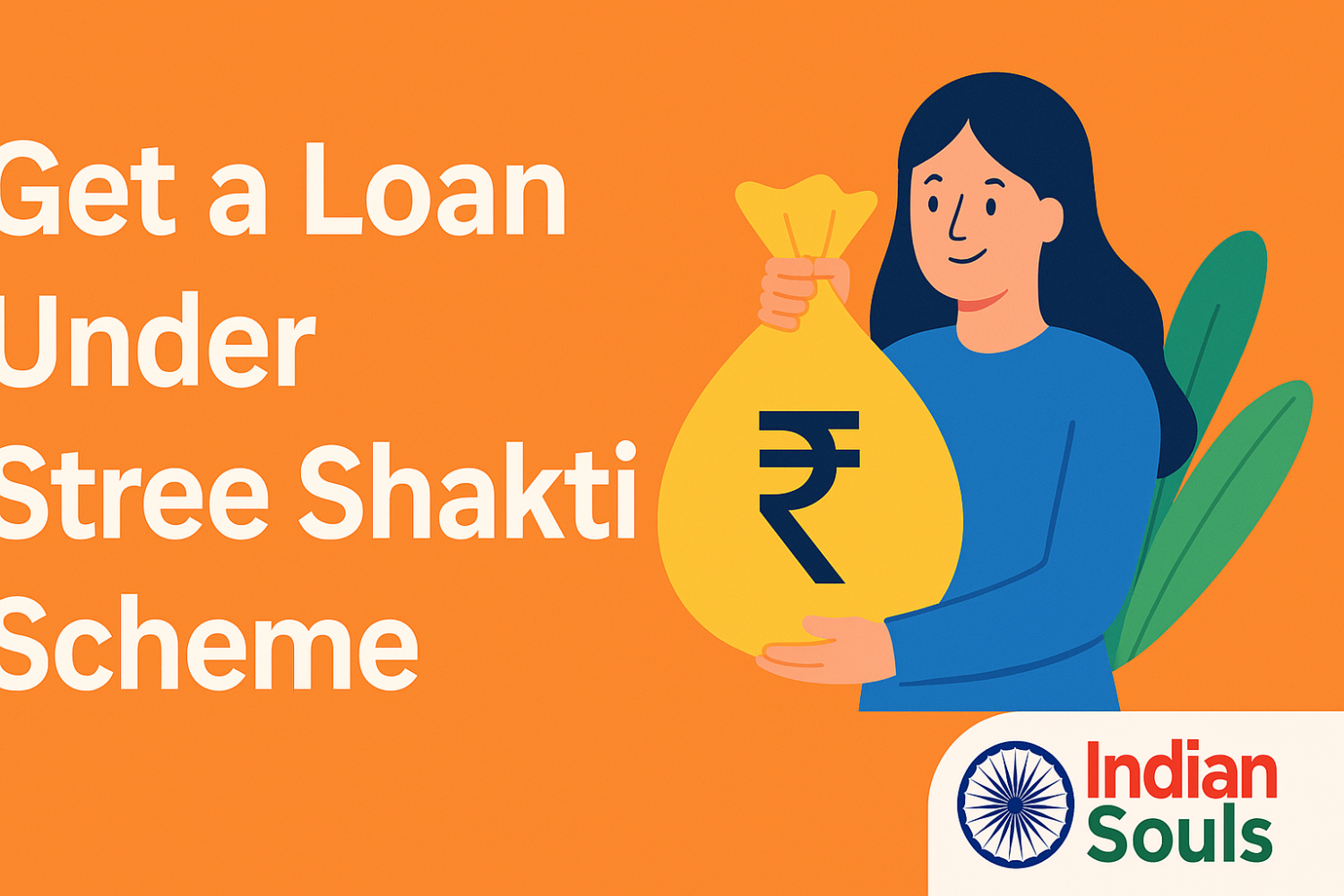
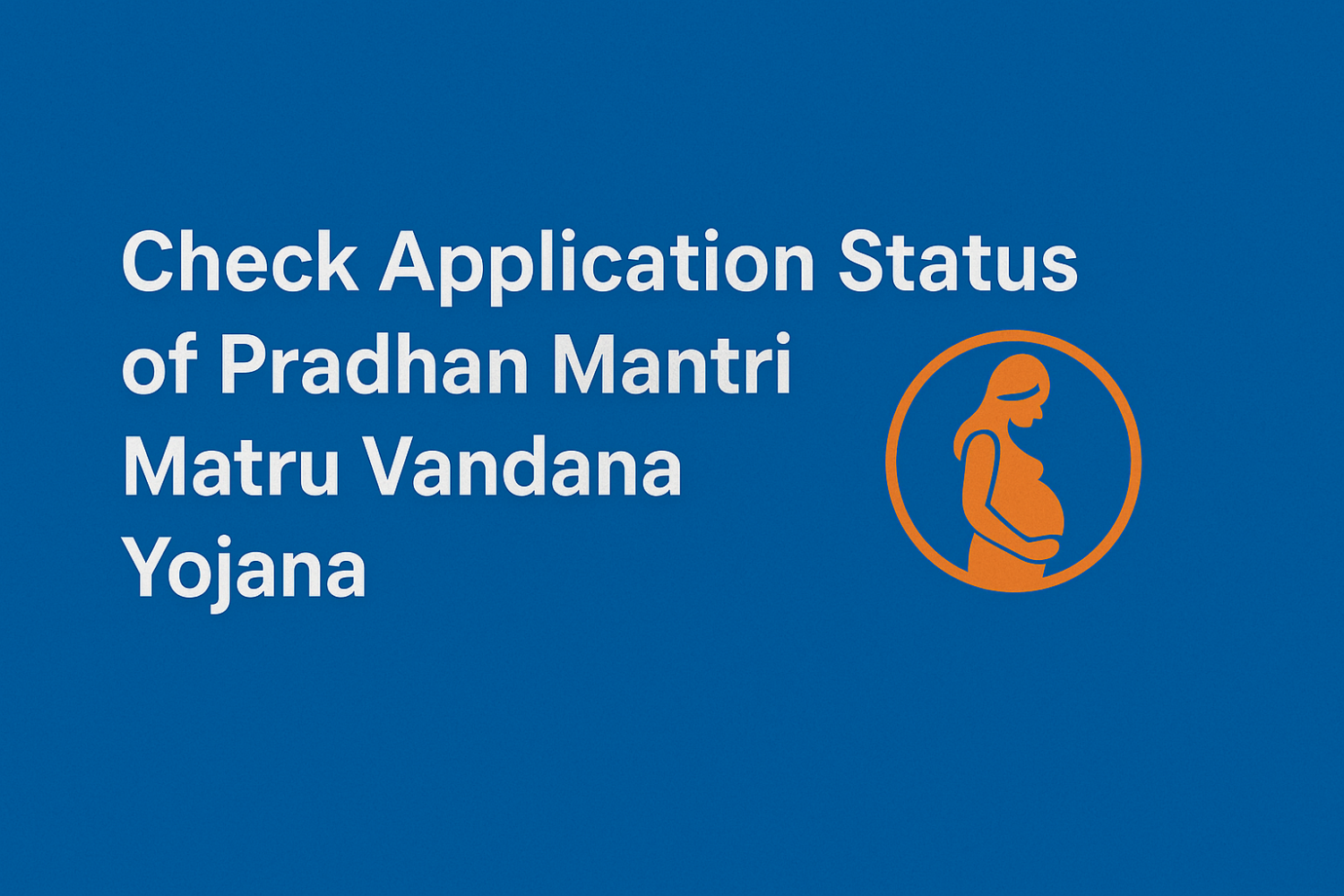

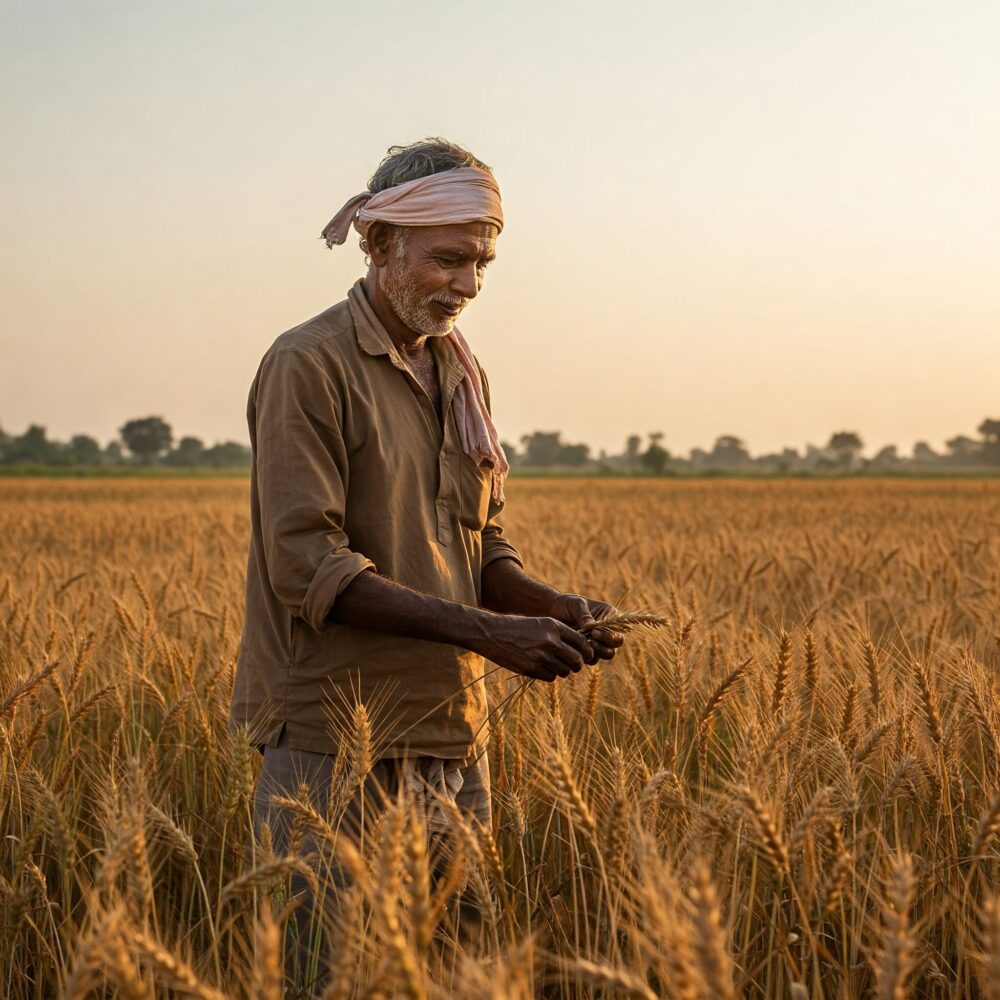
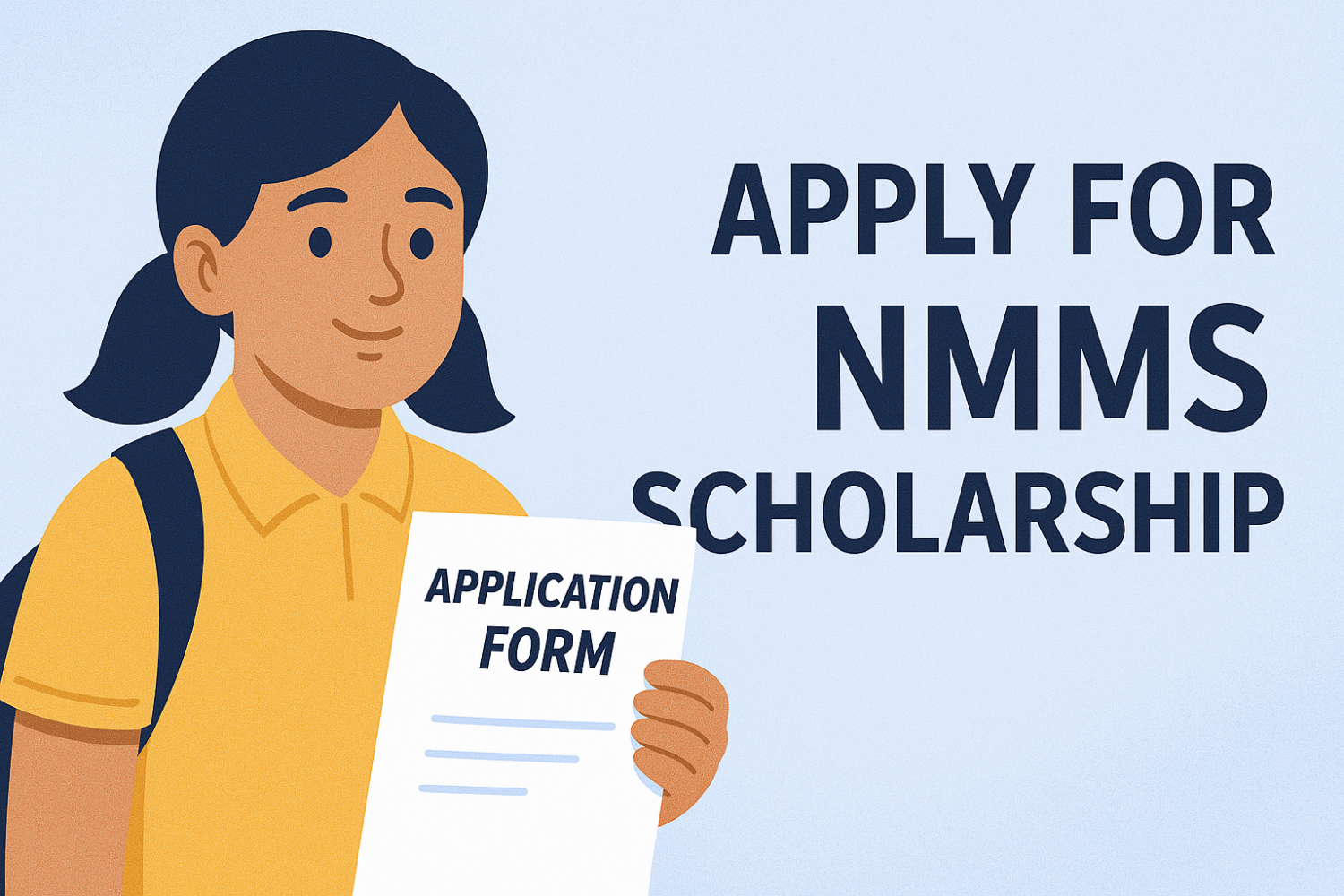


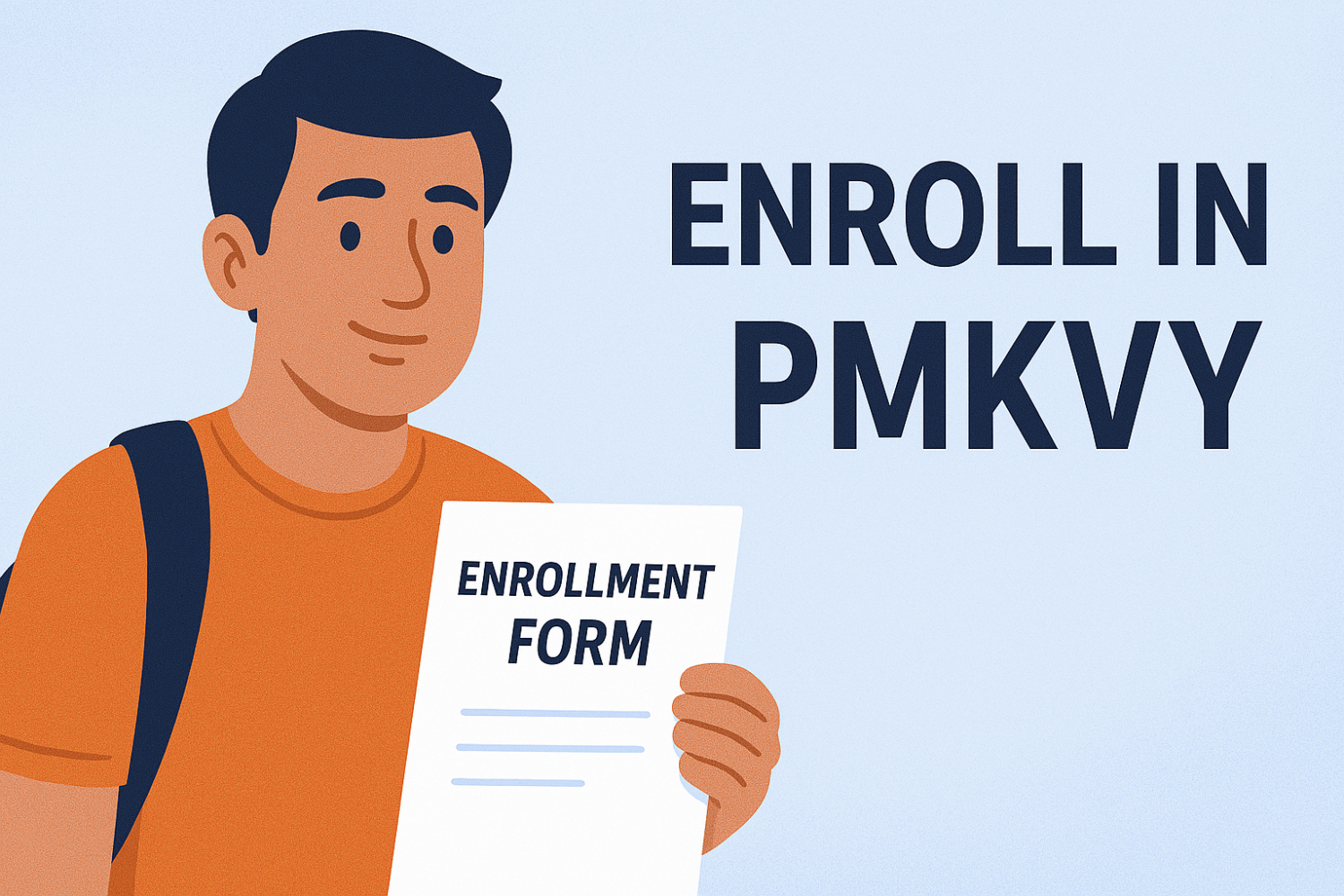
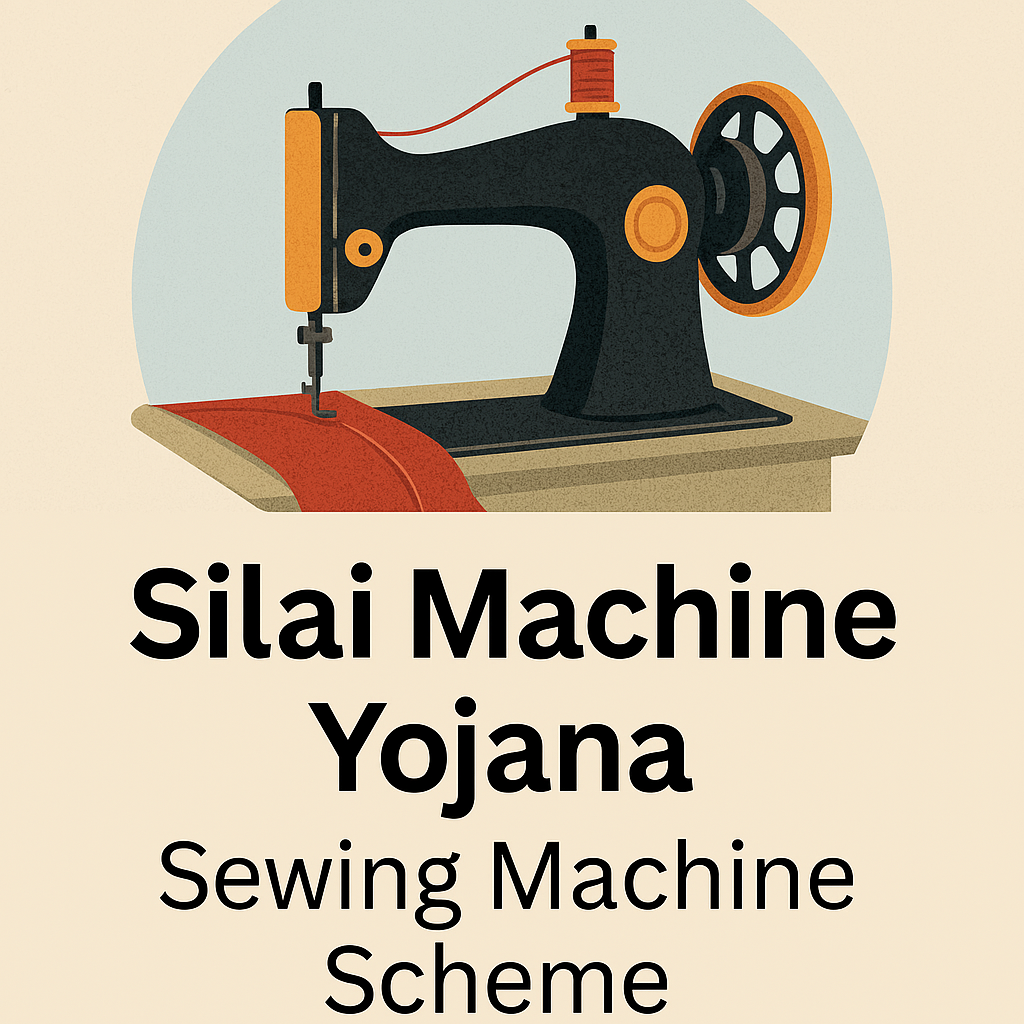
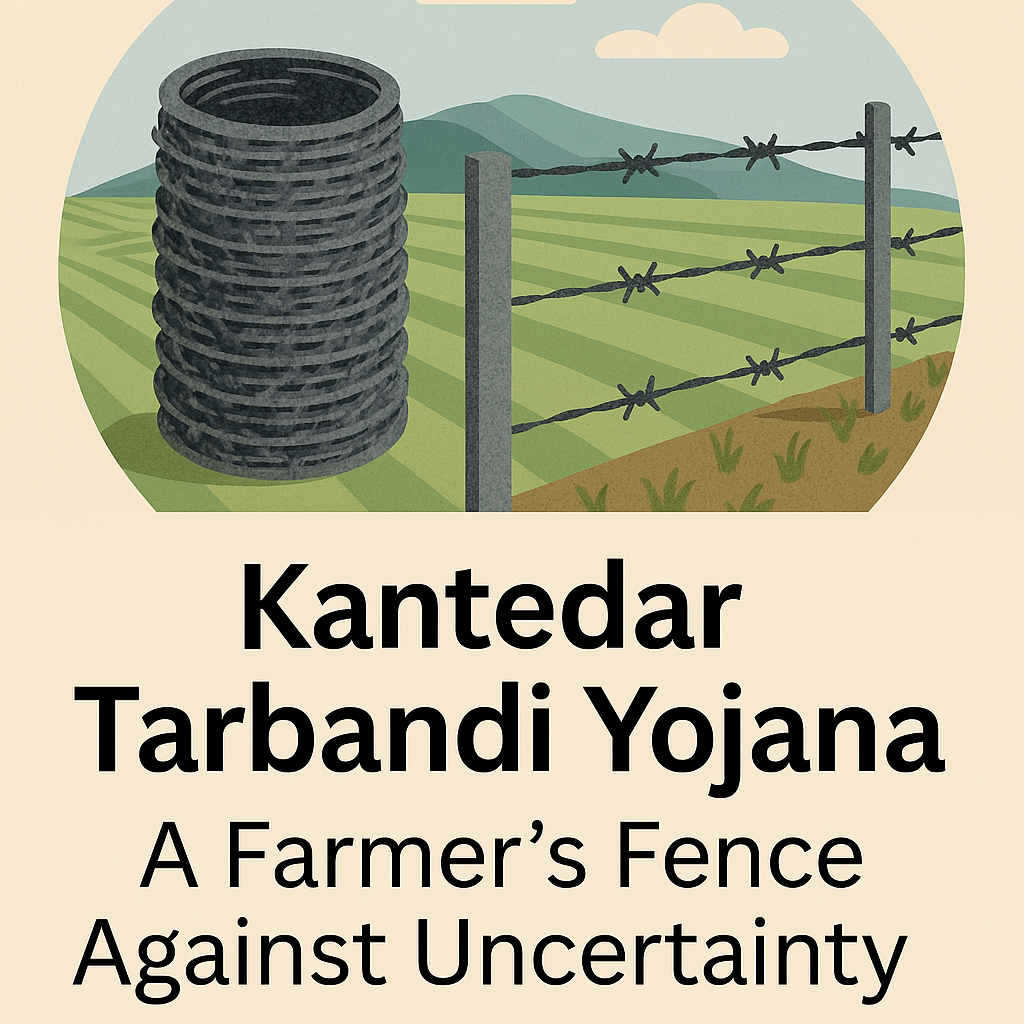
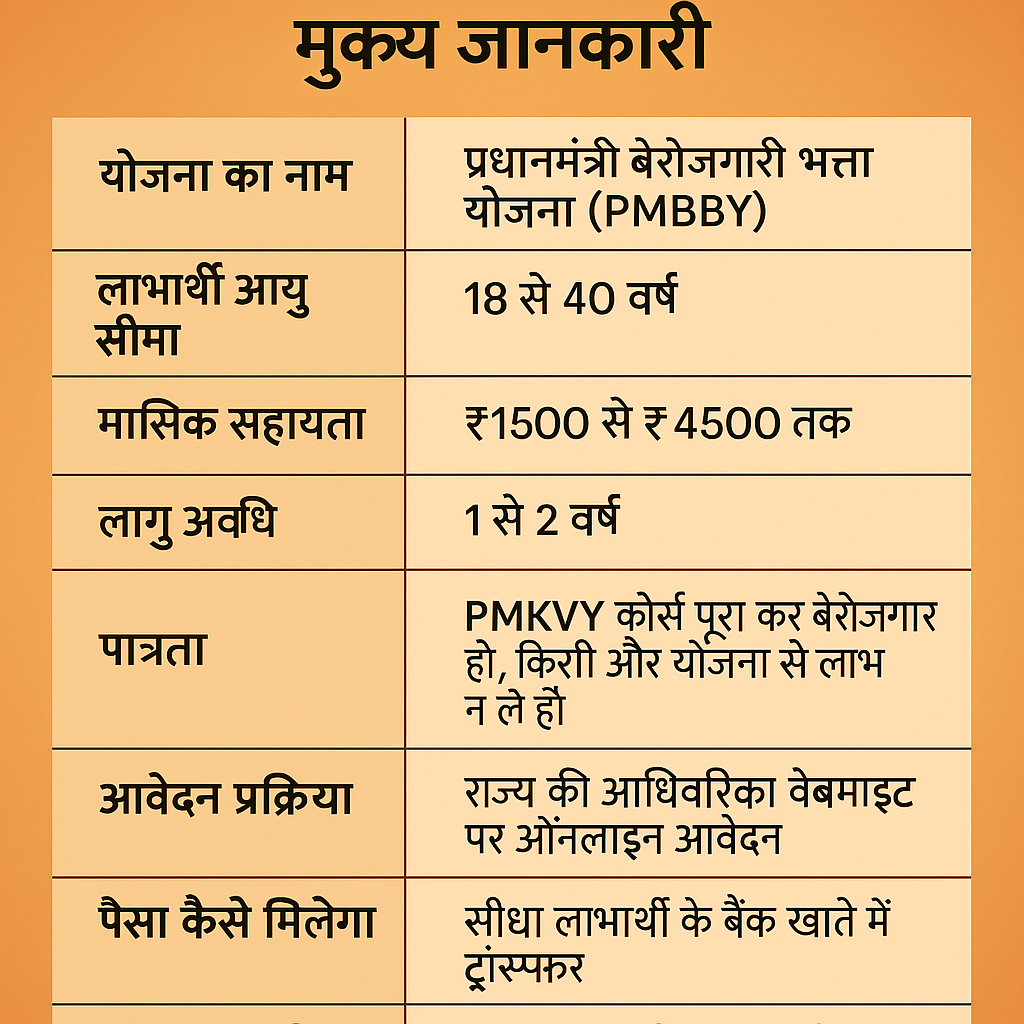
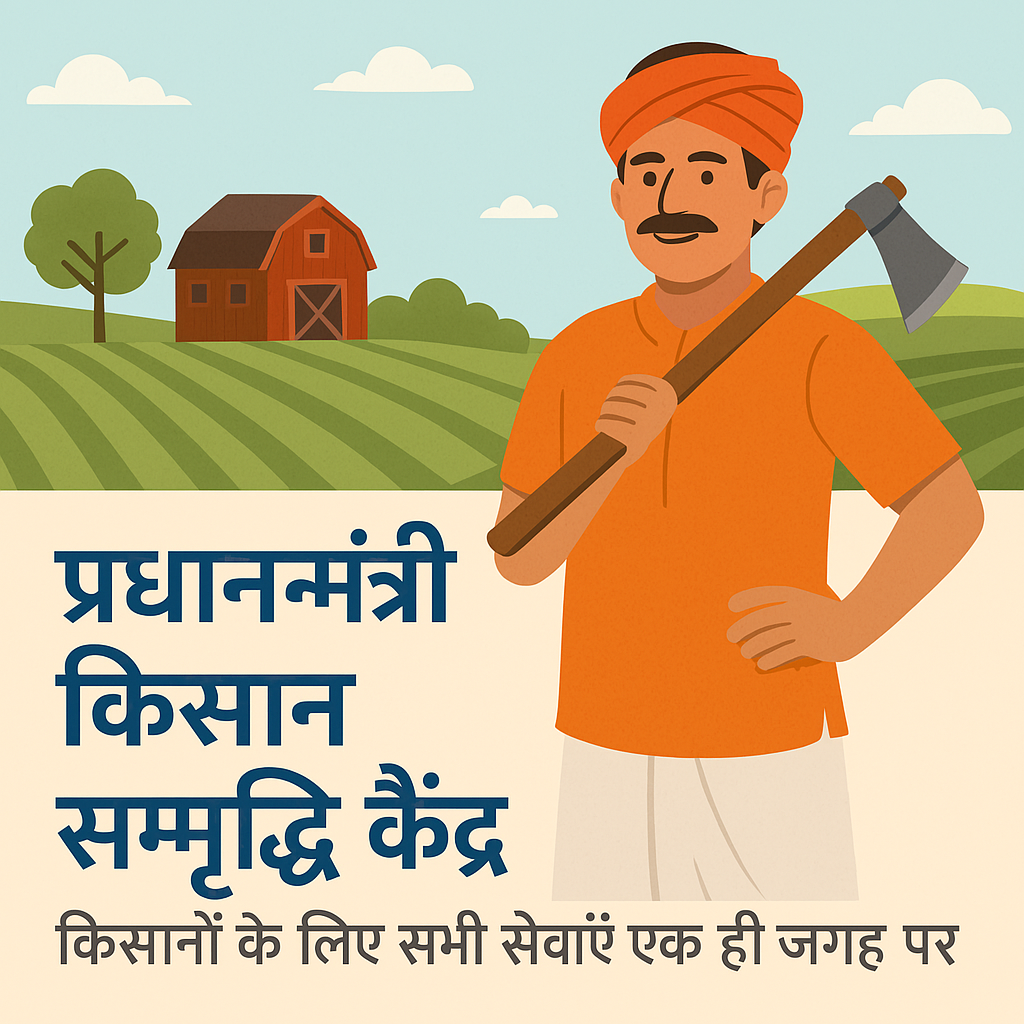
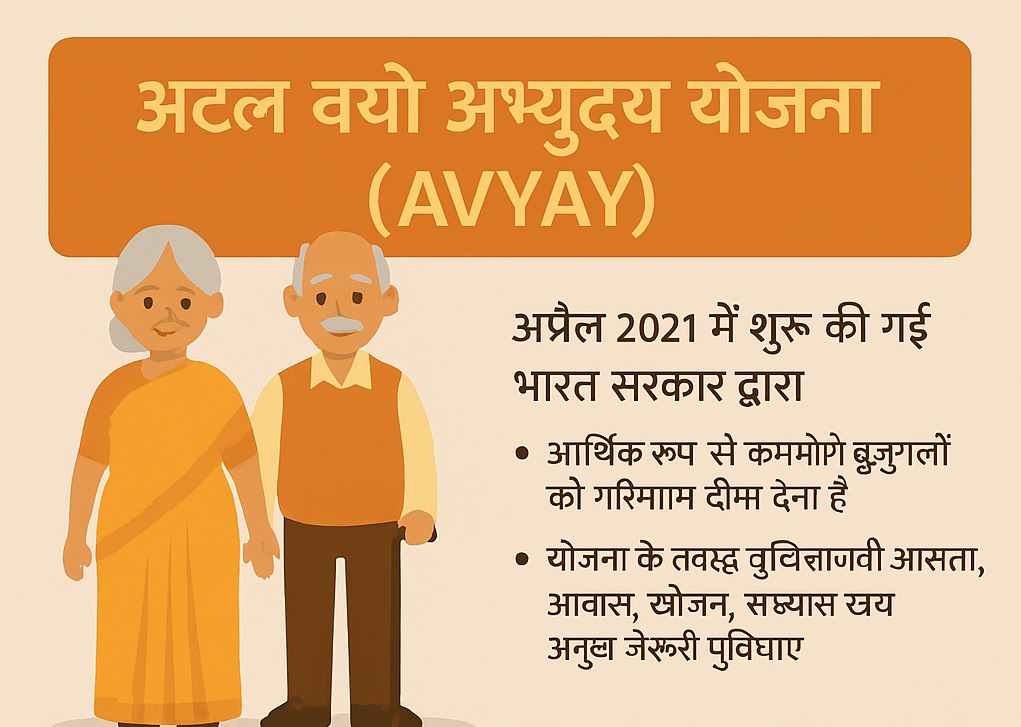

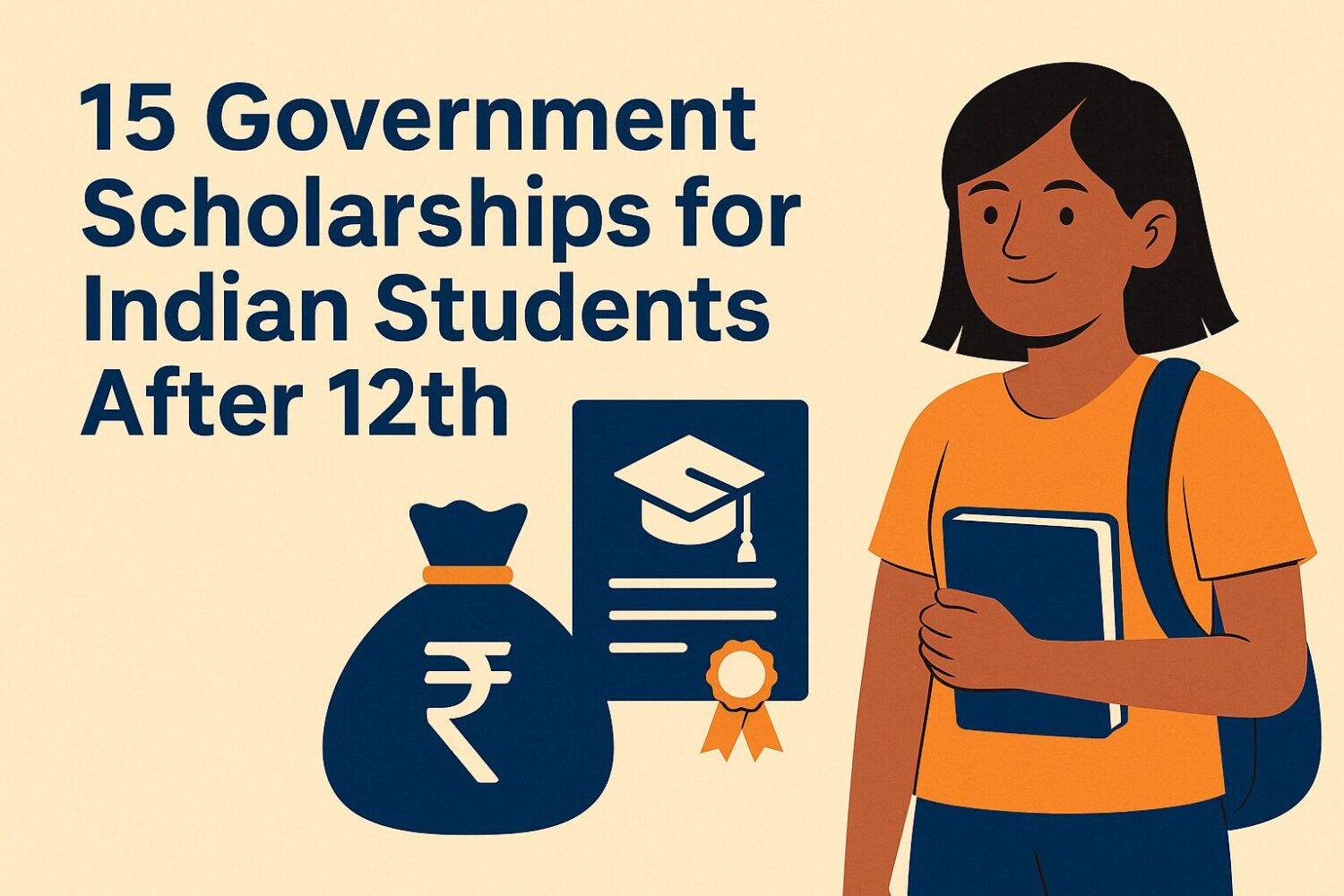
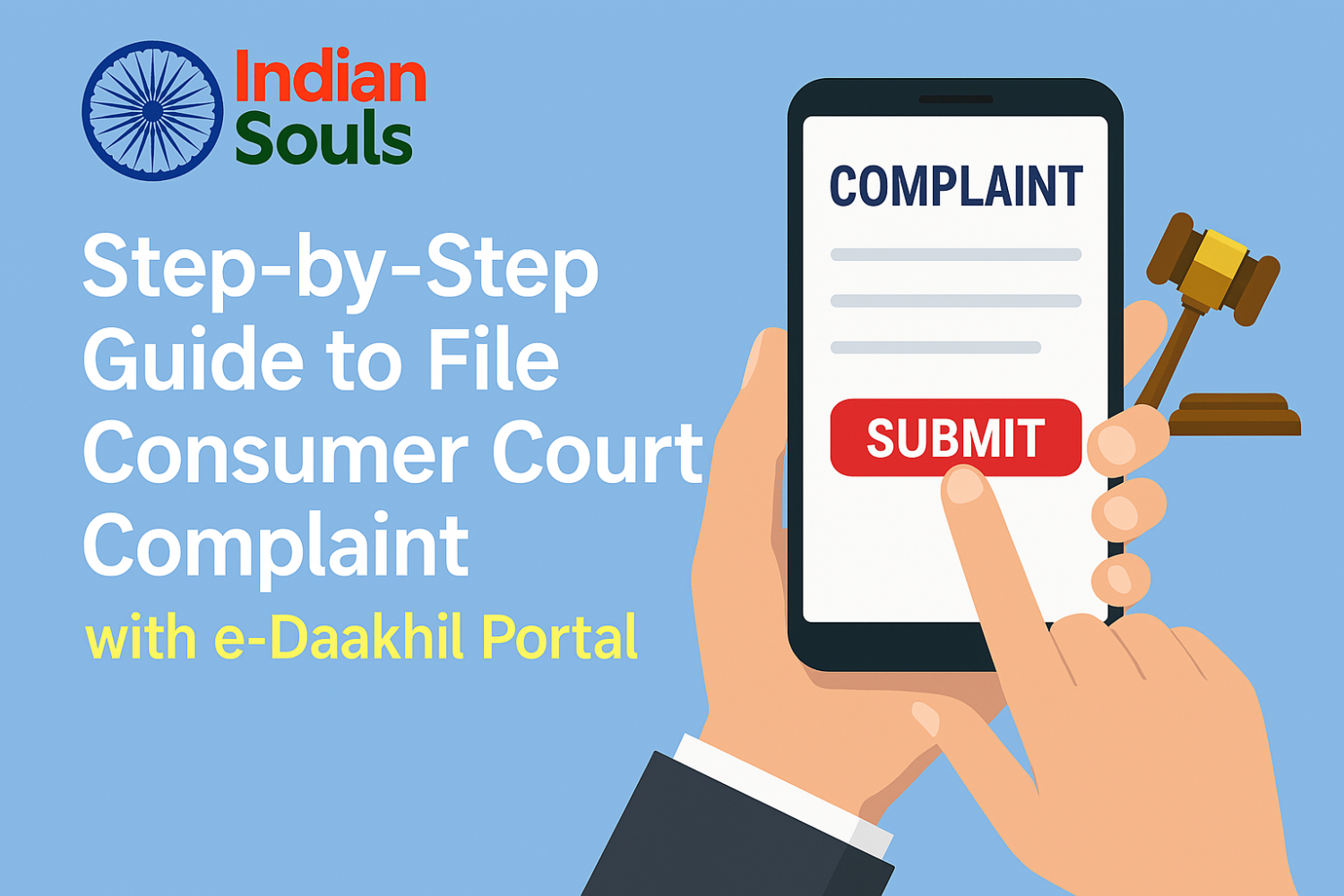
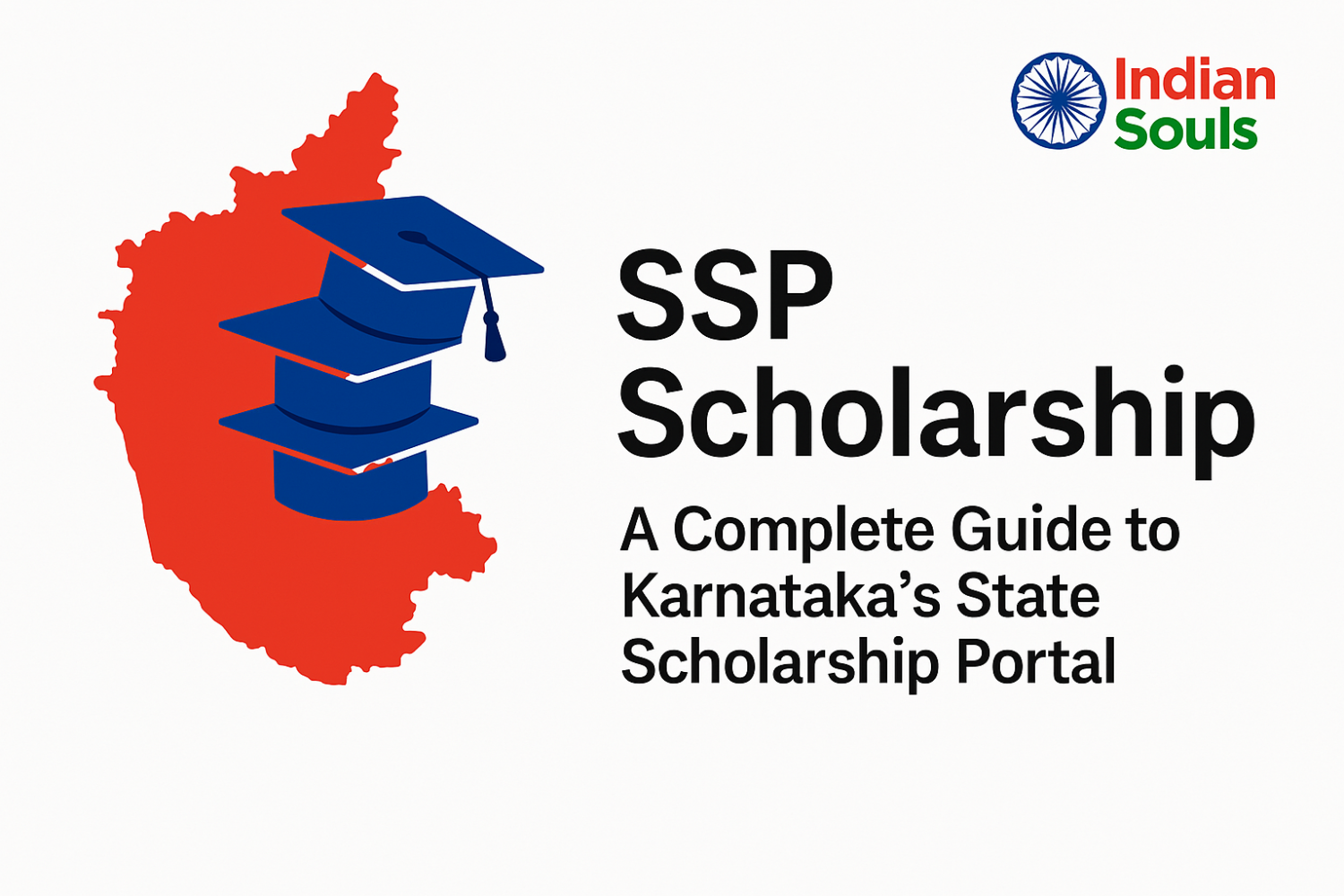
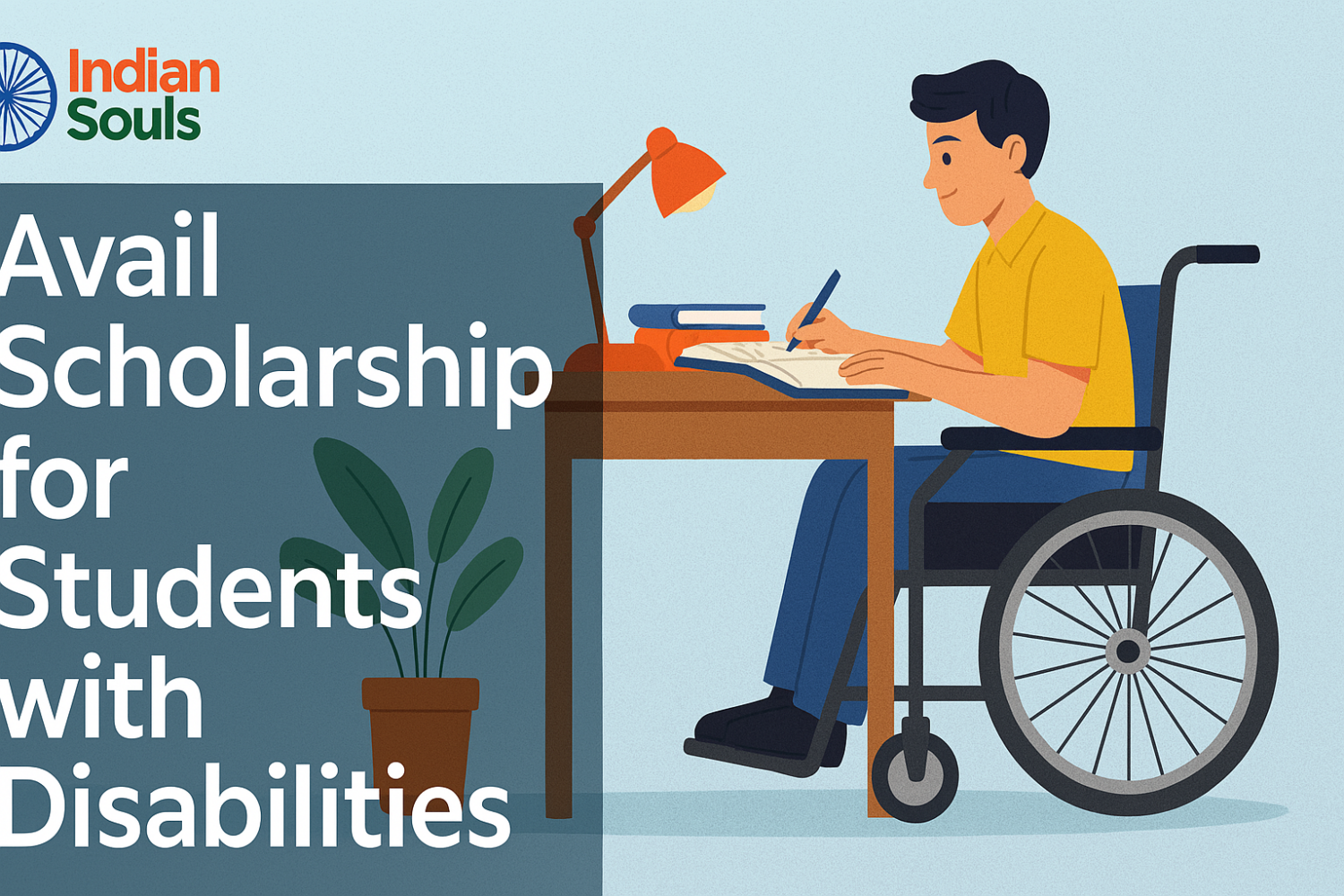
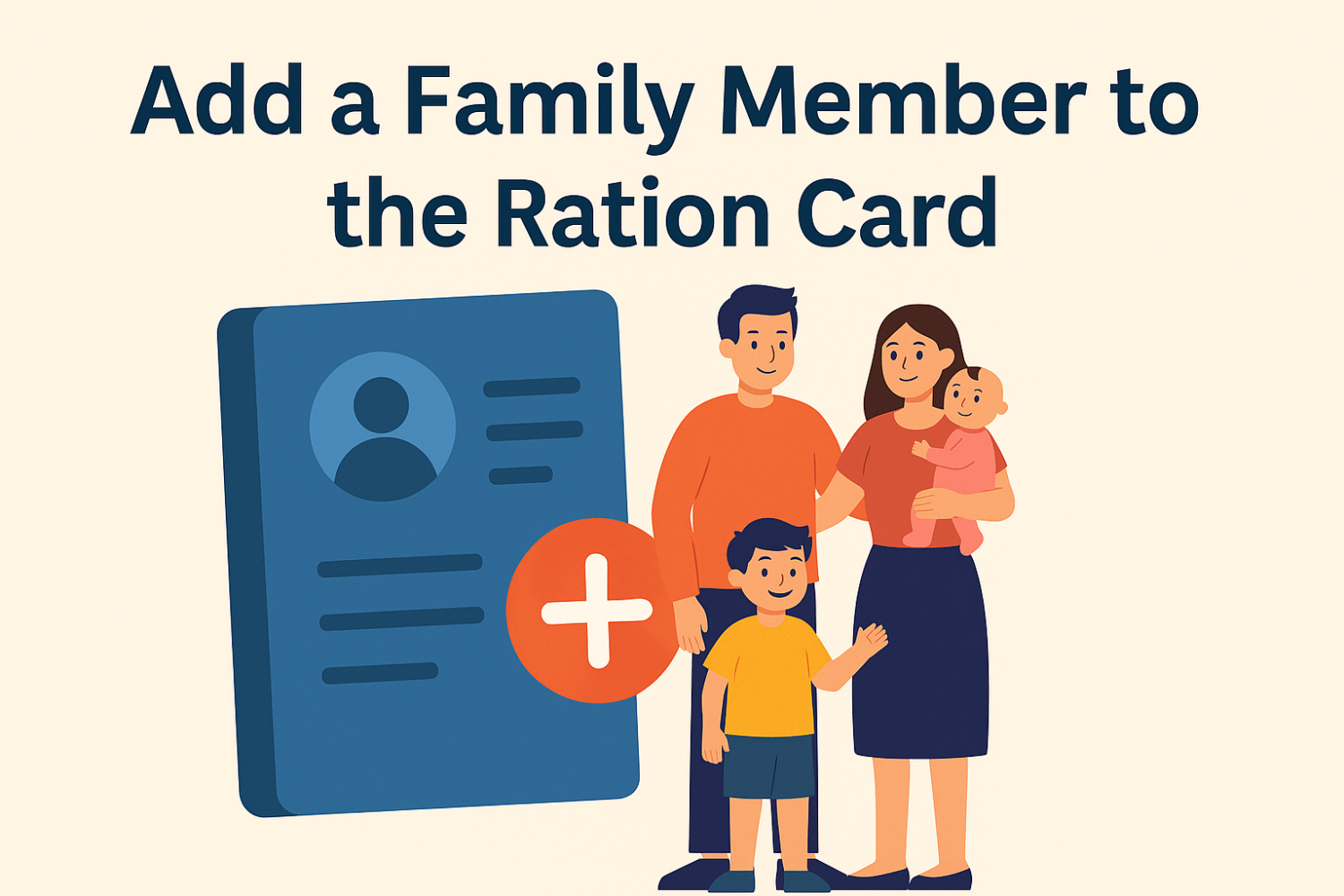

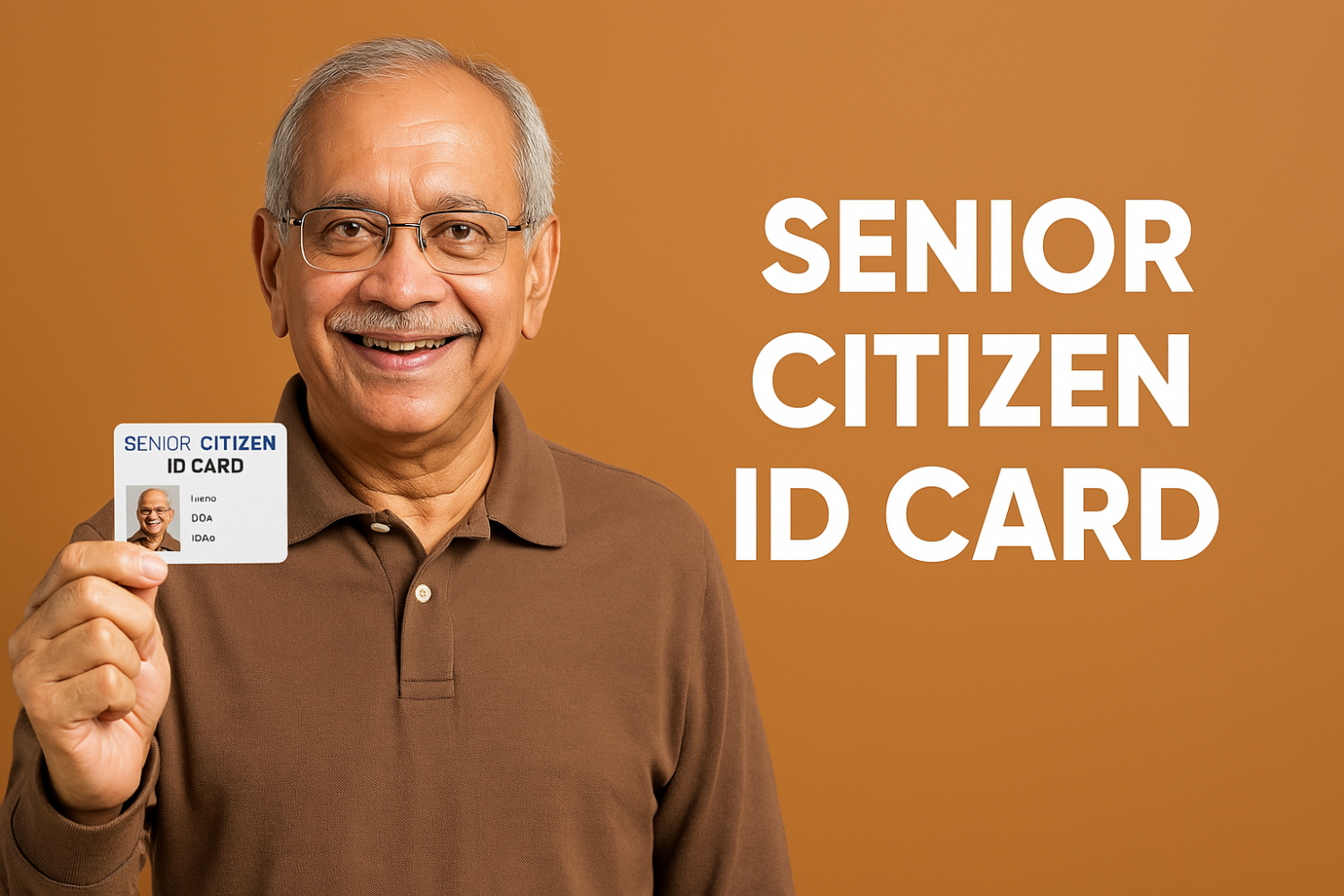
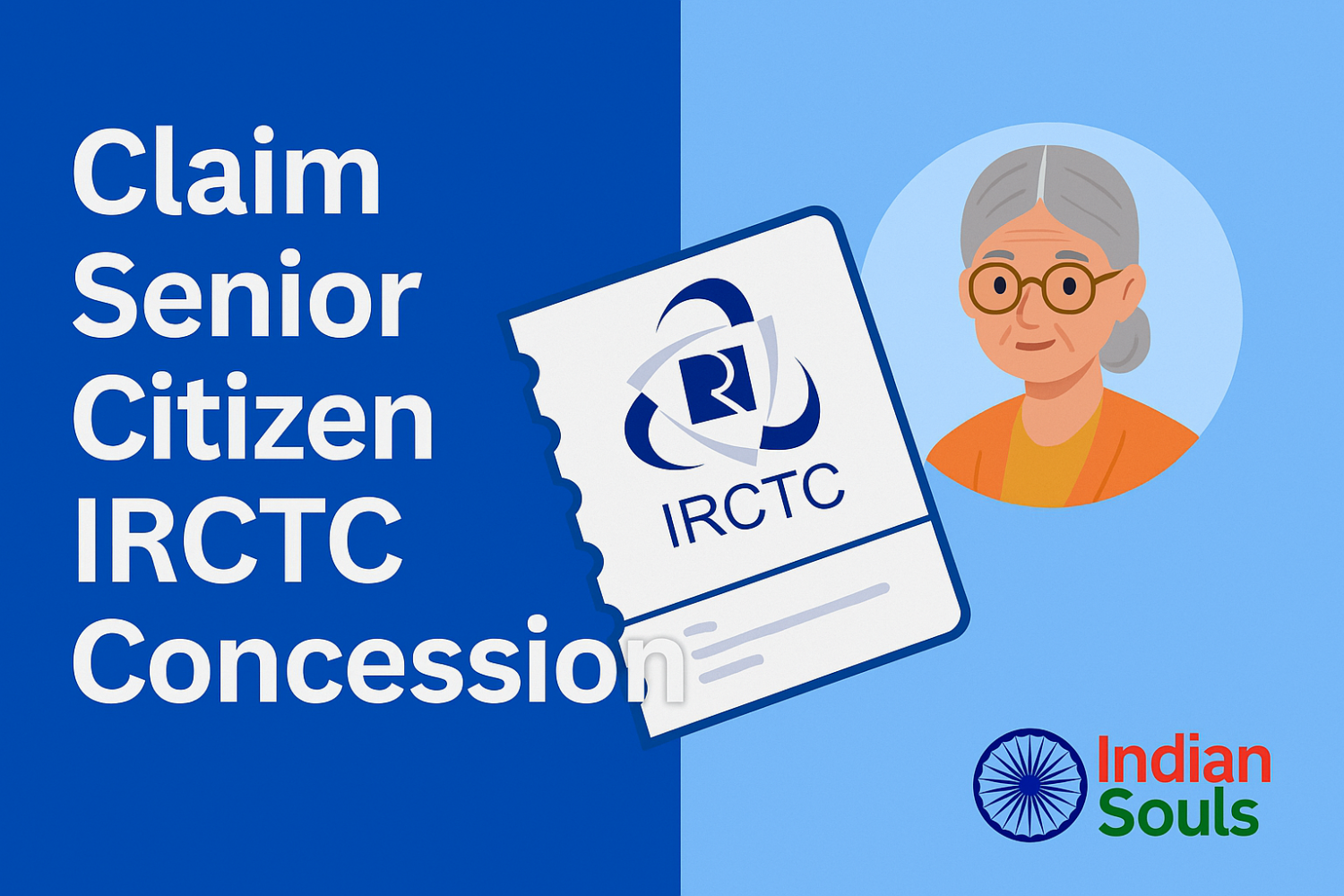

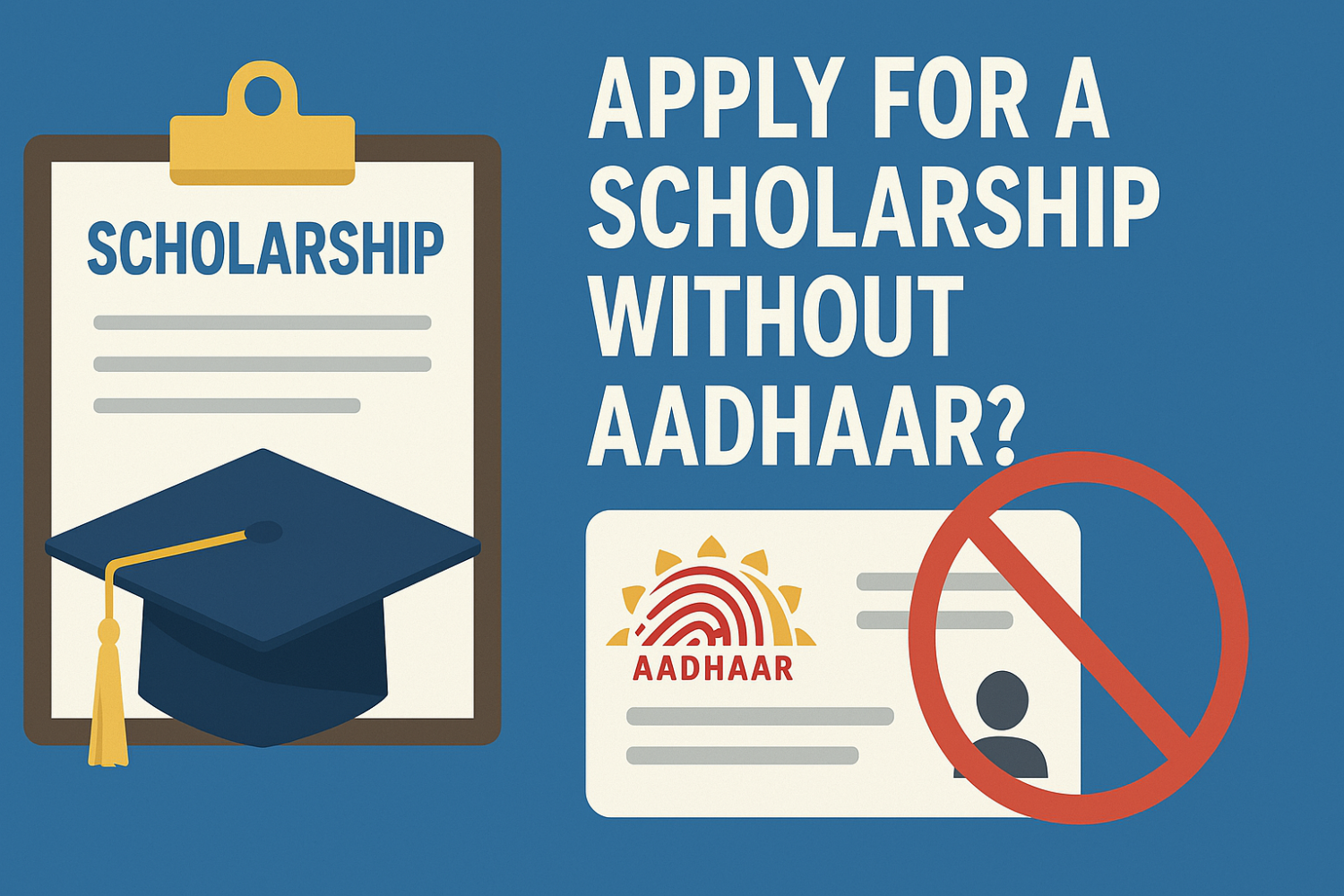
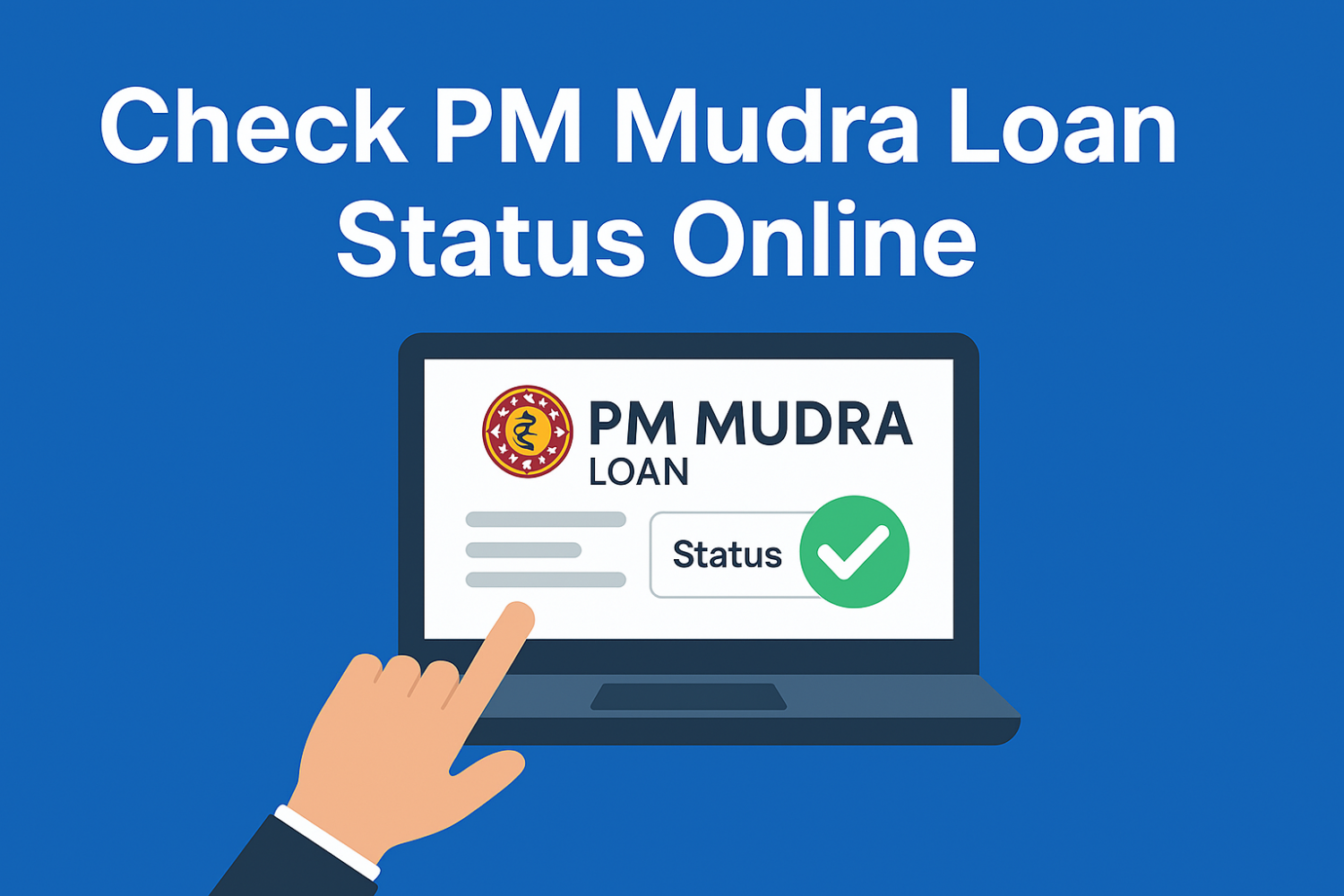


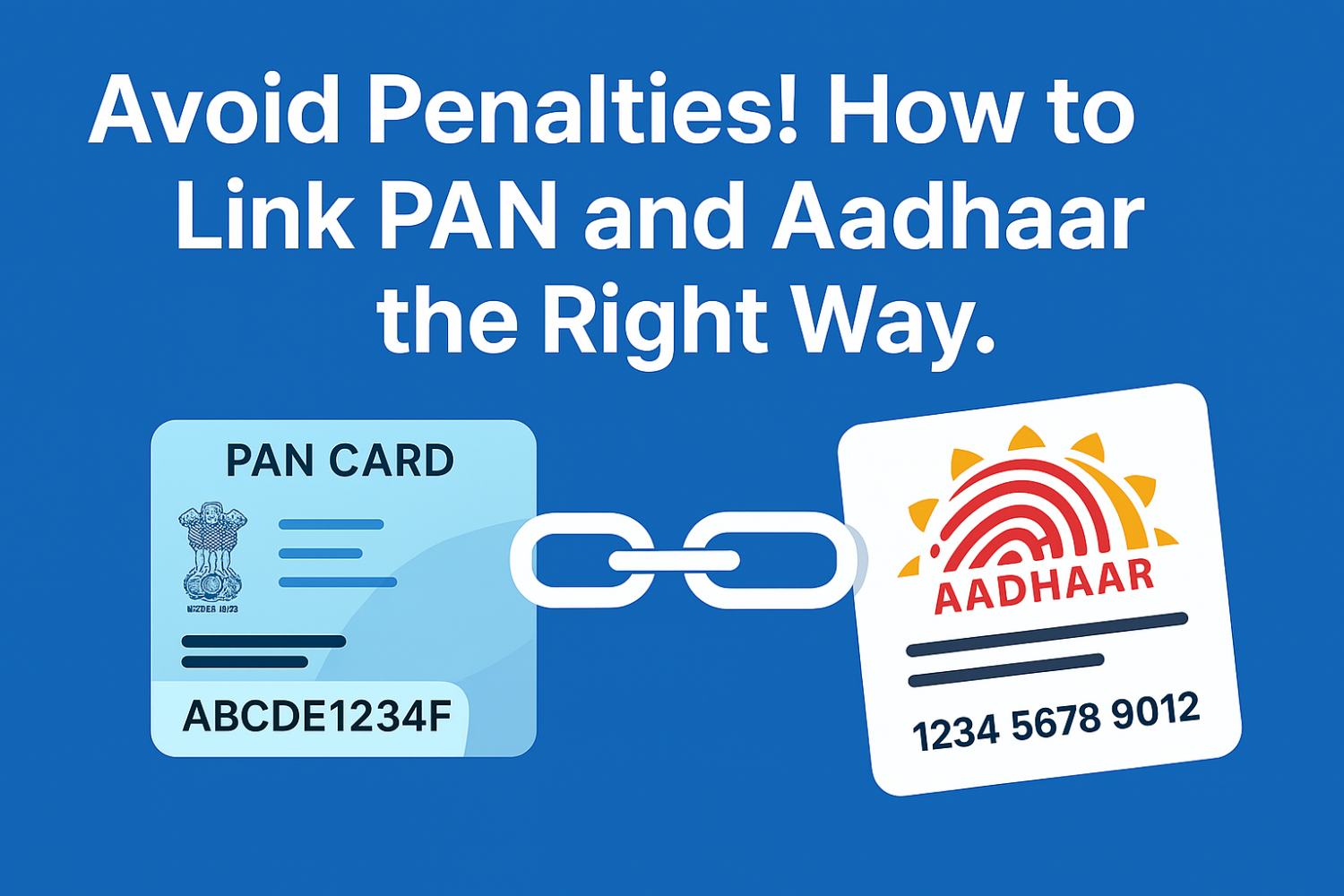
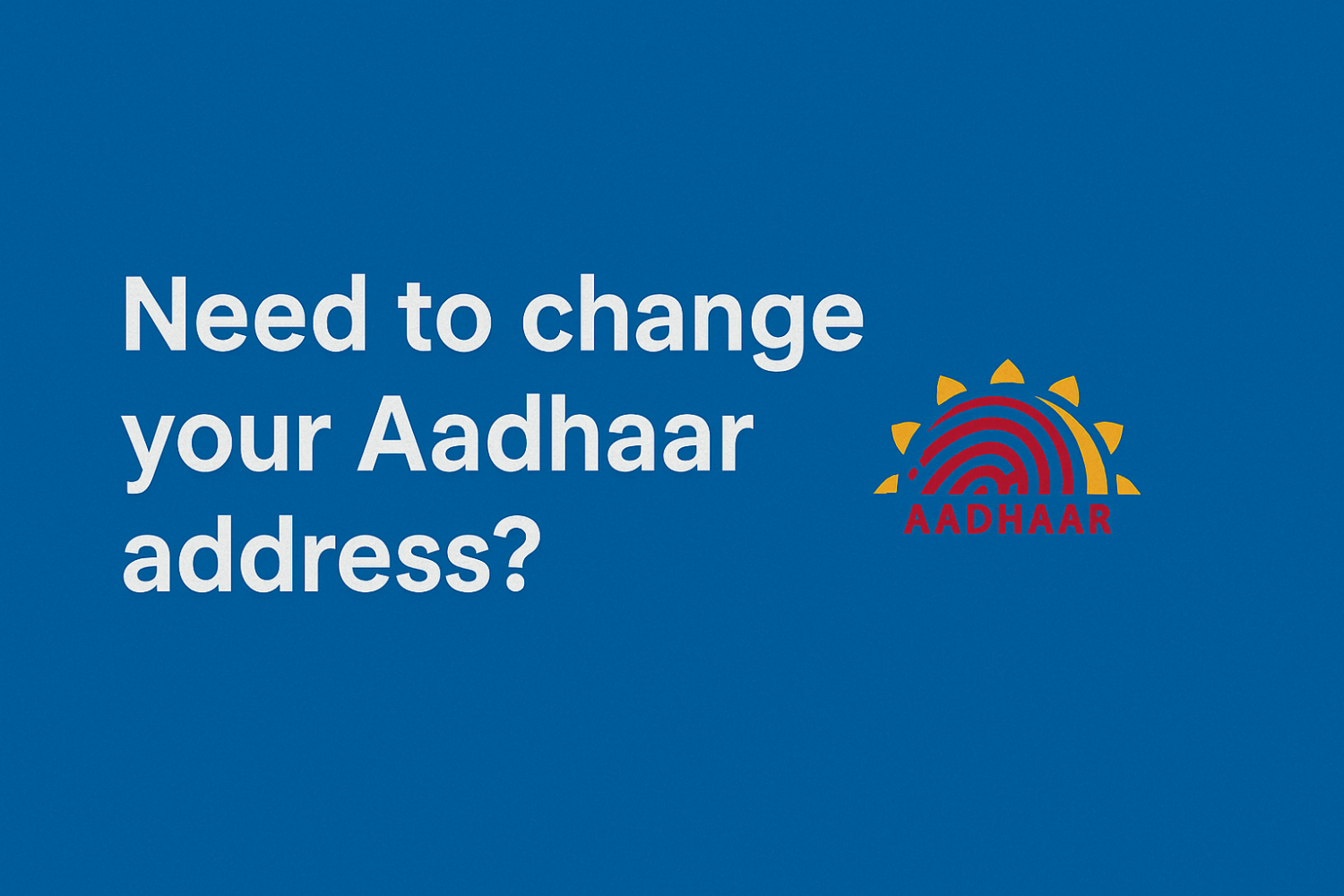


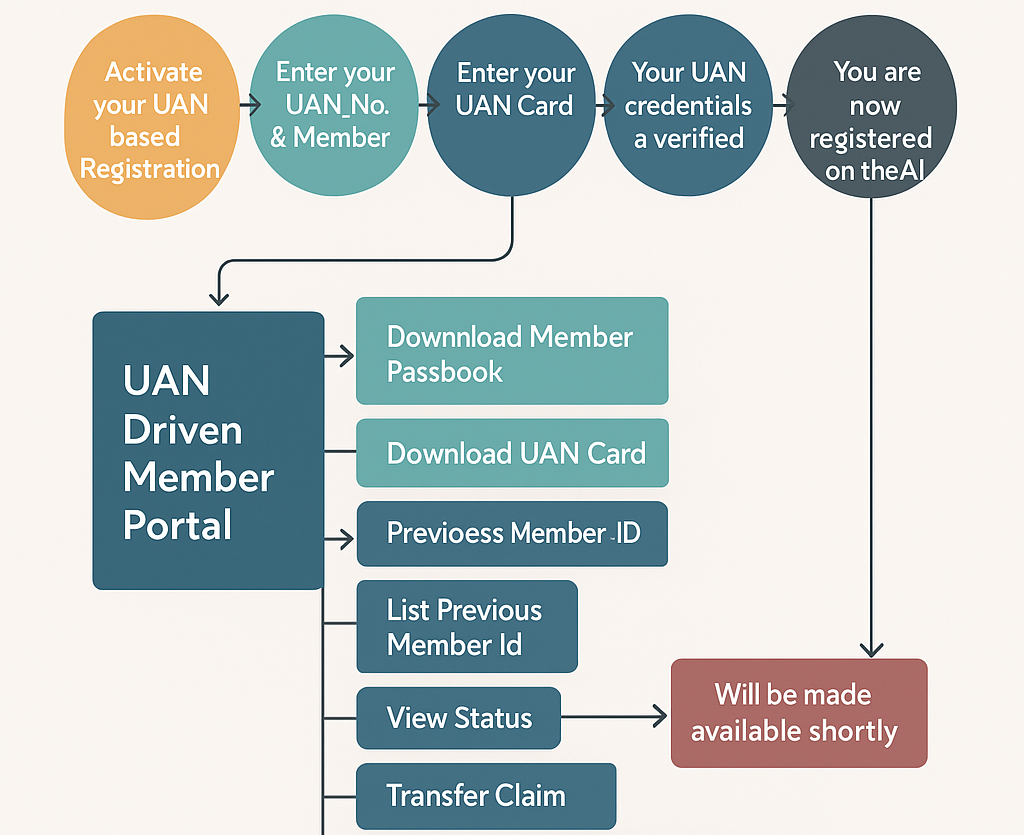

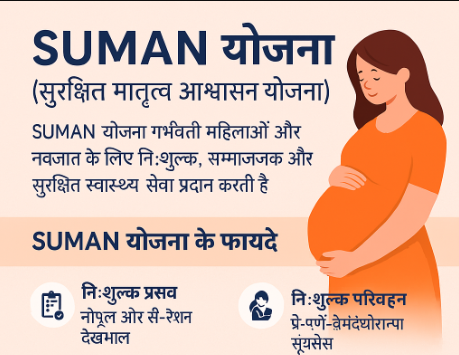


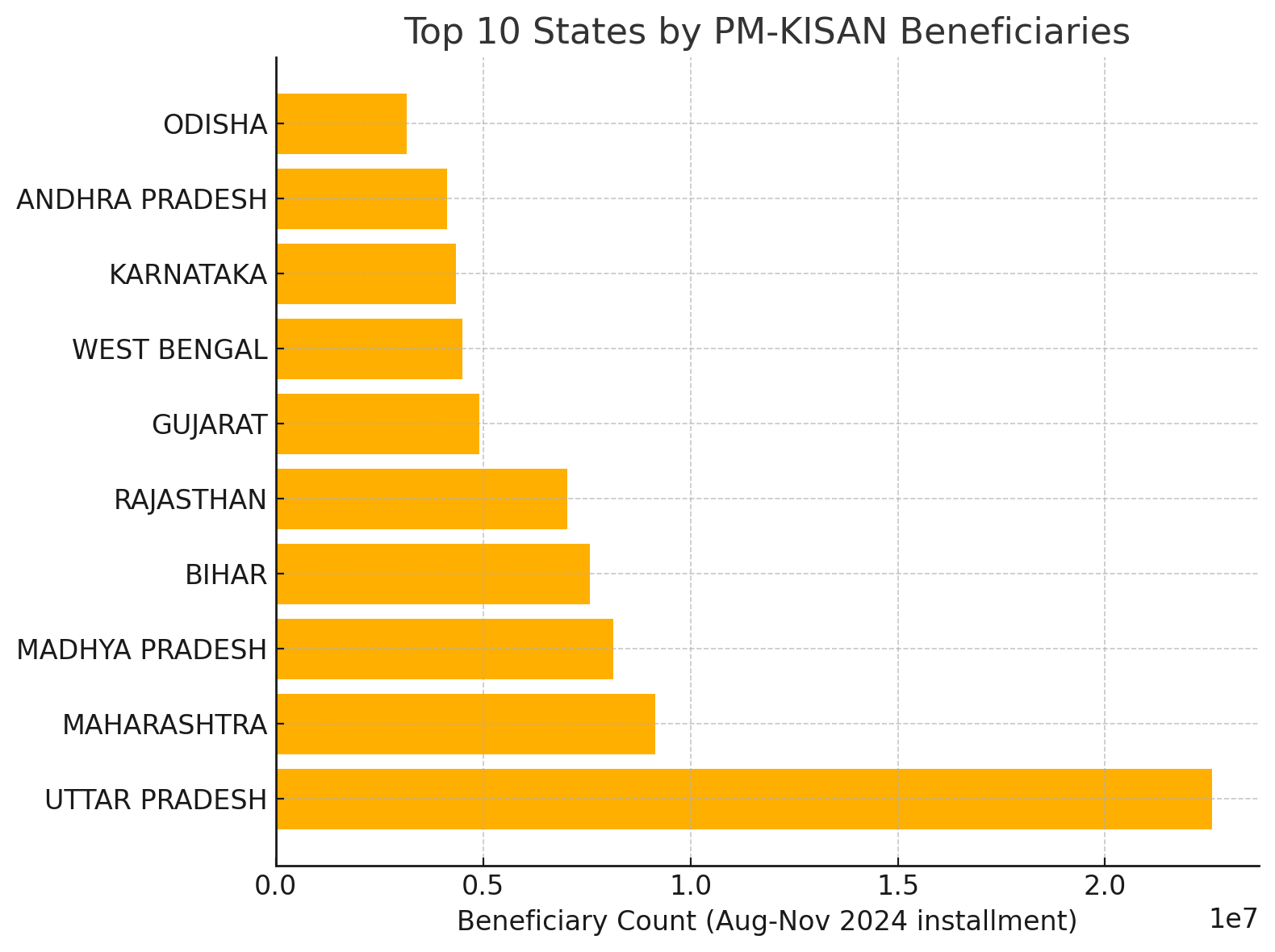
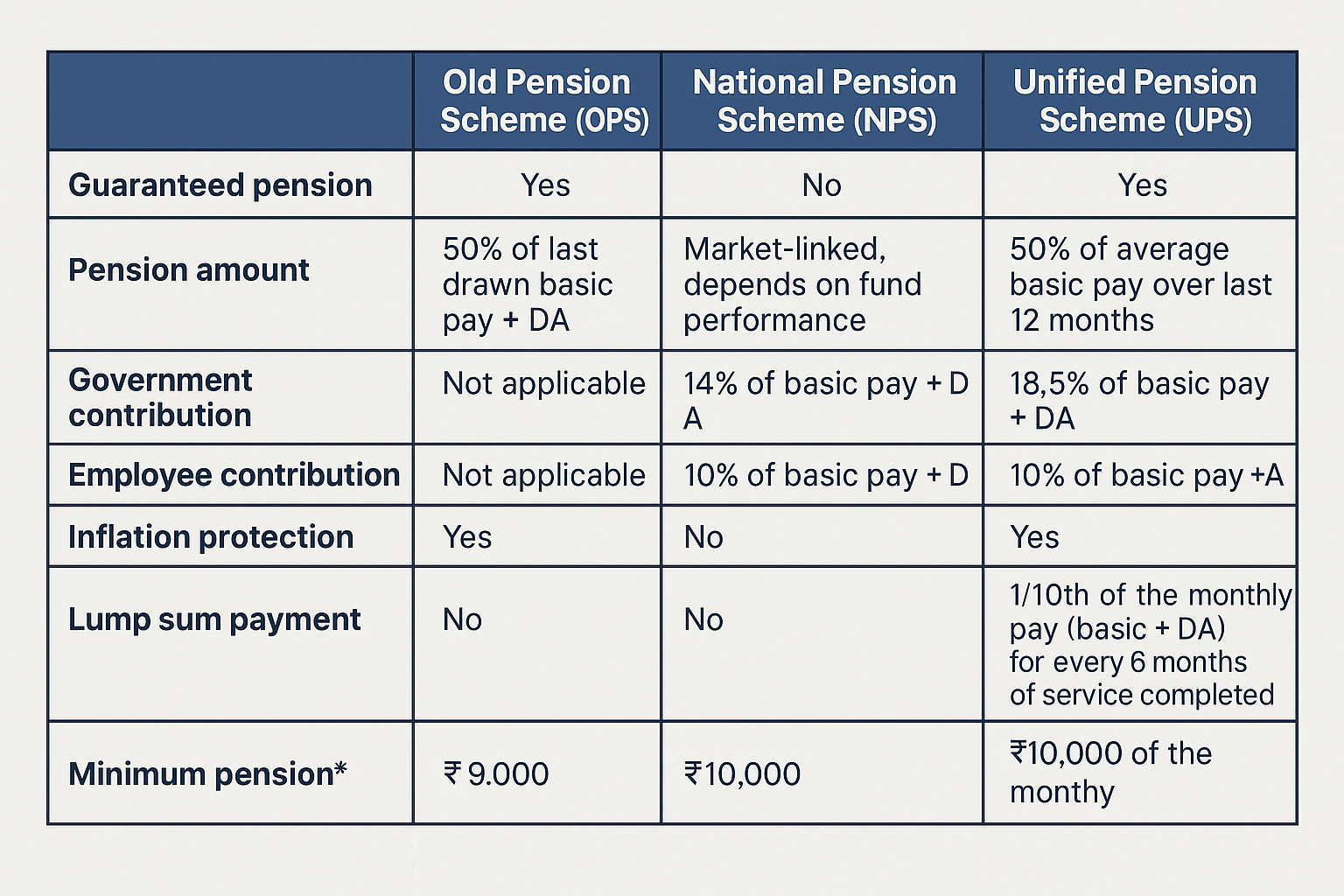











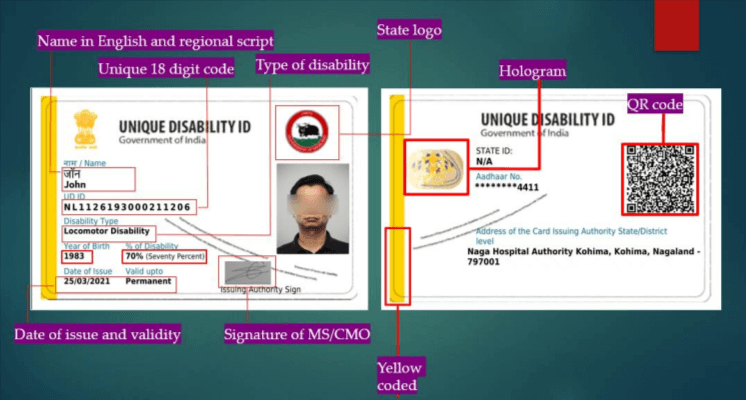
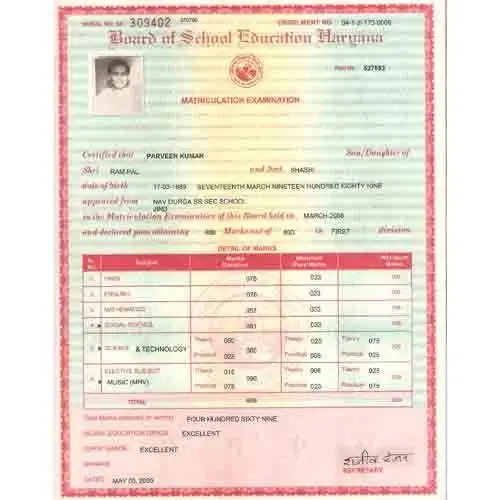
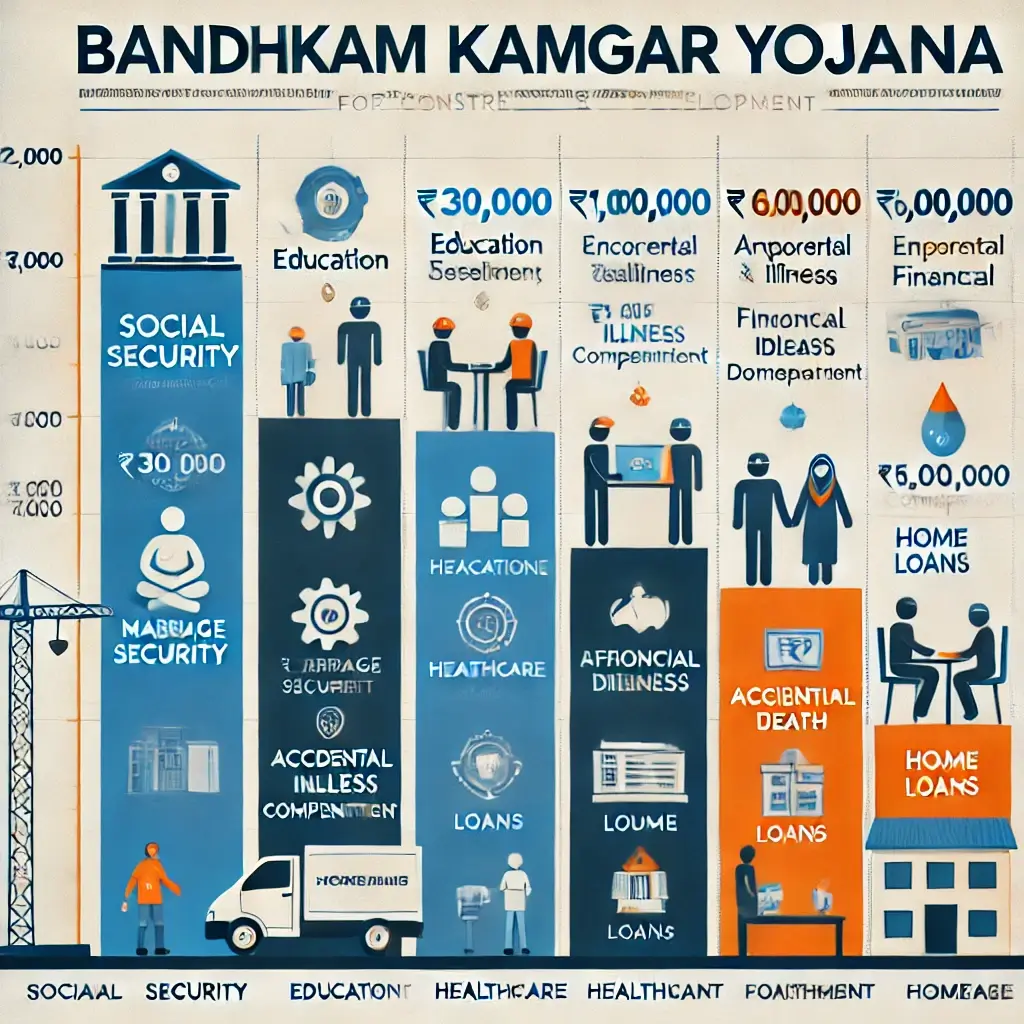
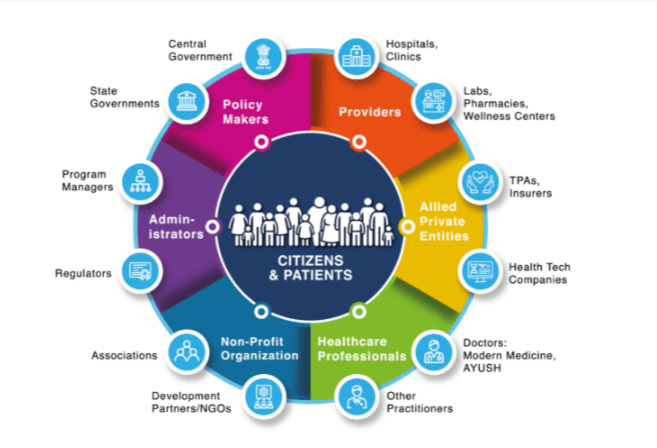
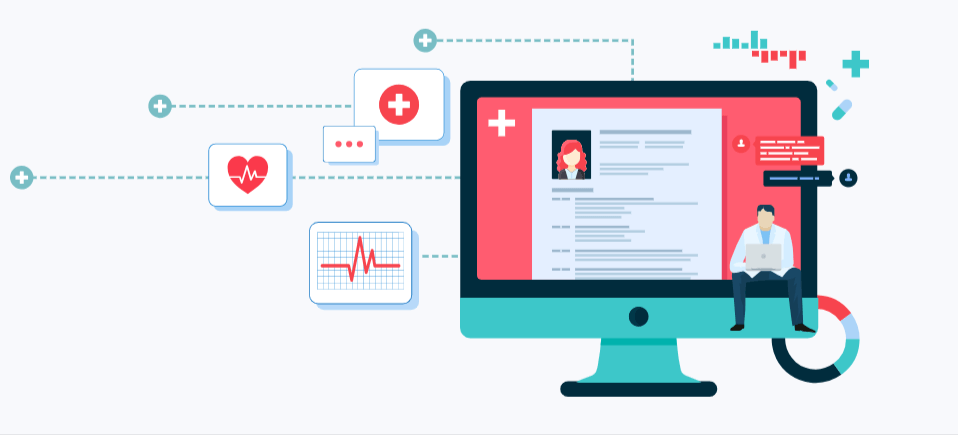


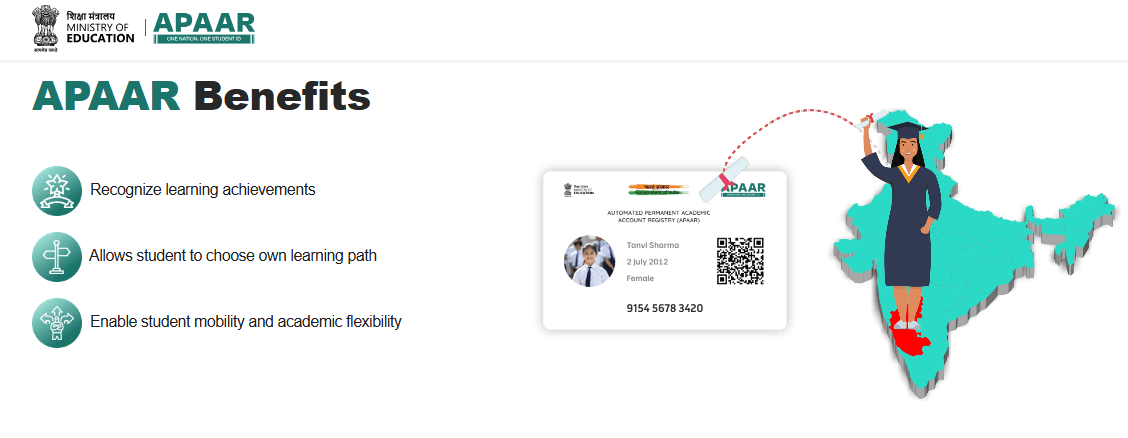
vr1kq2